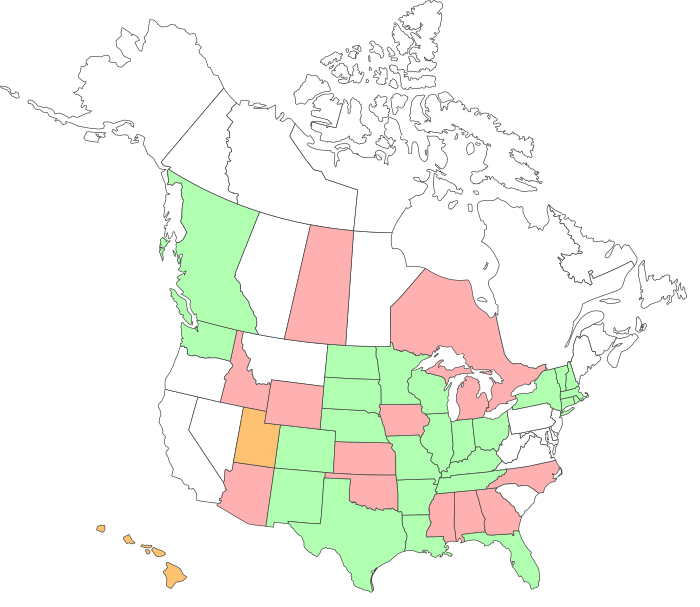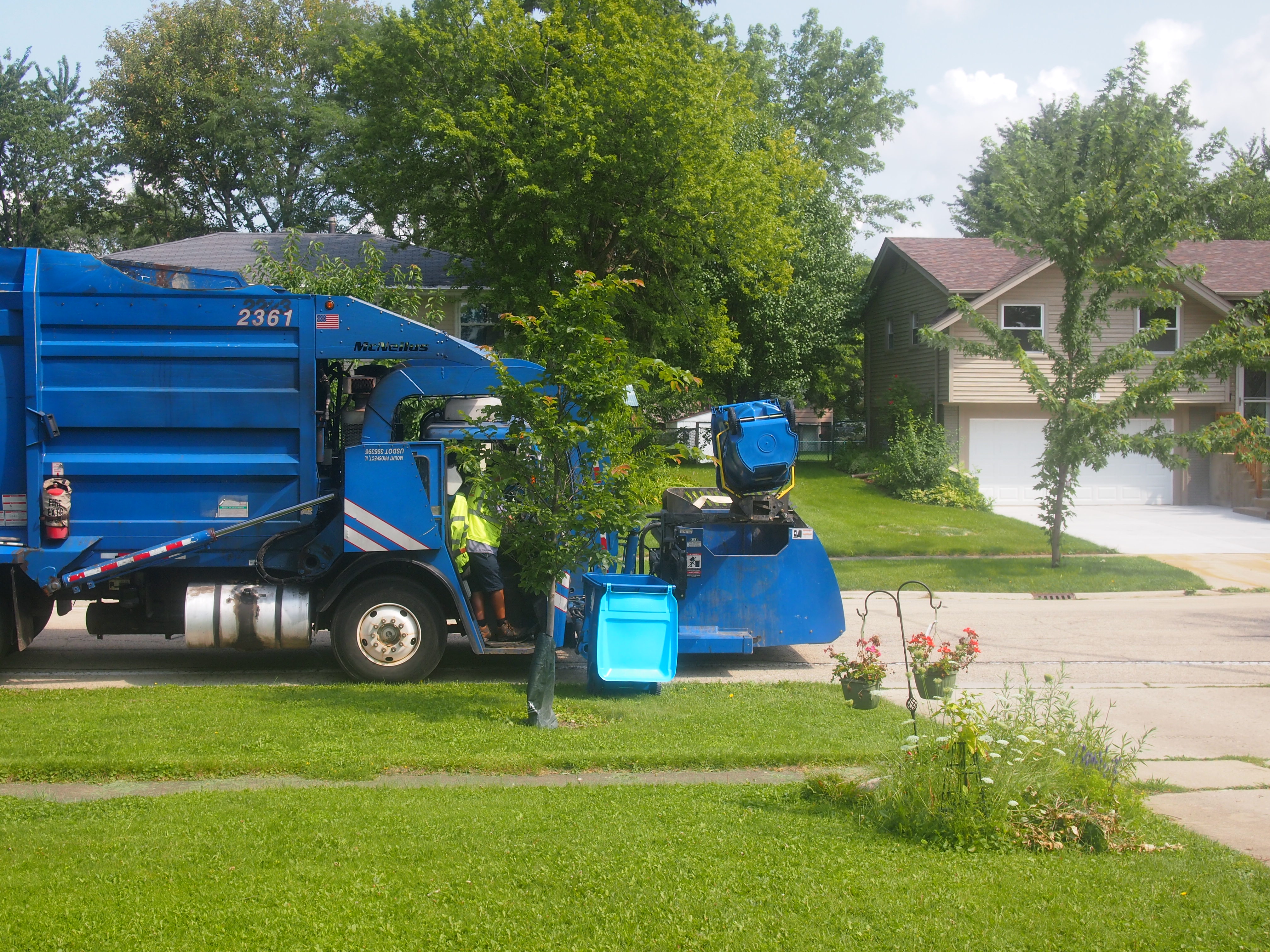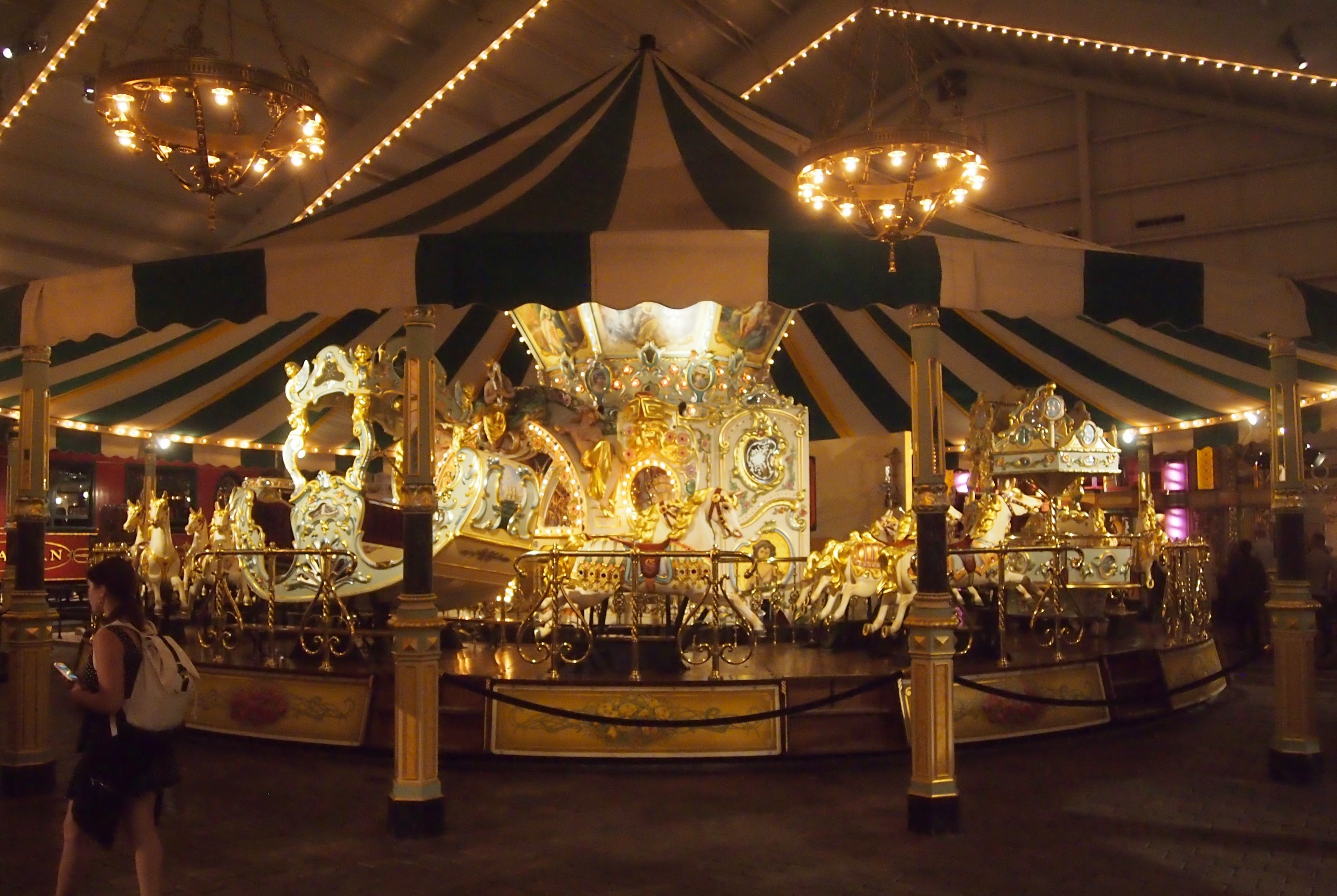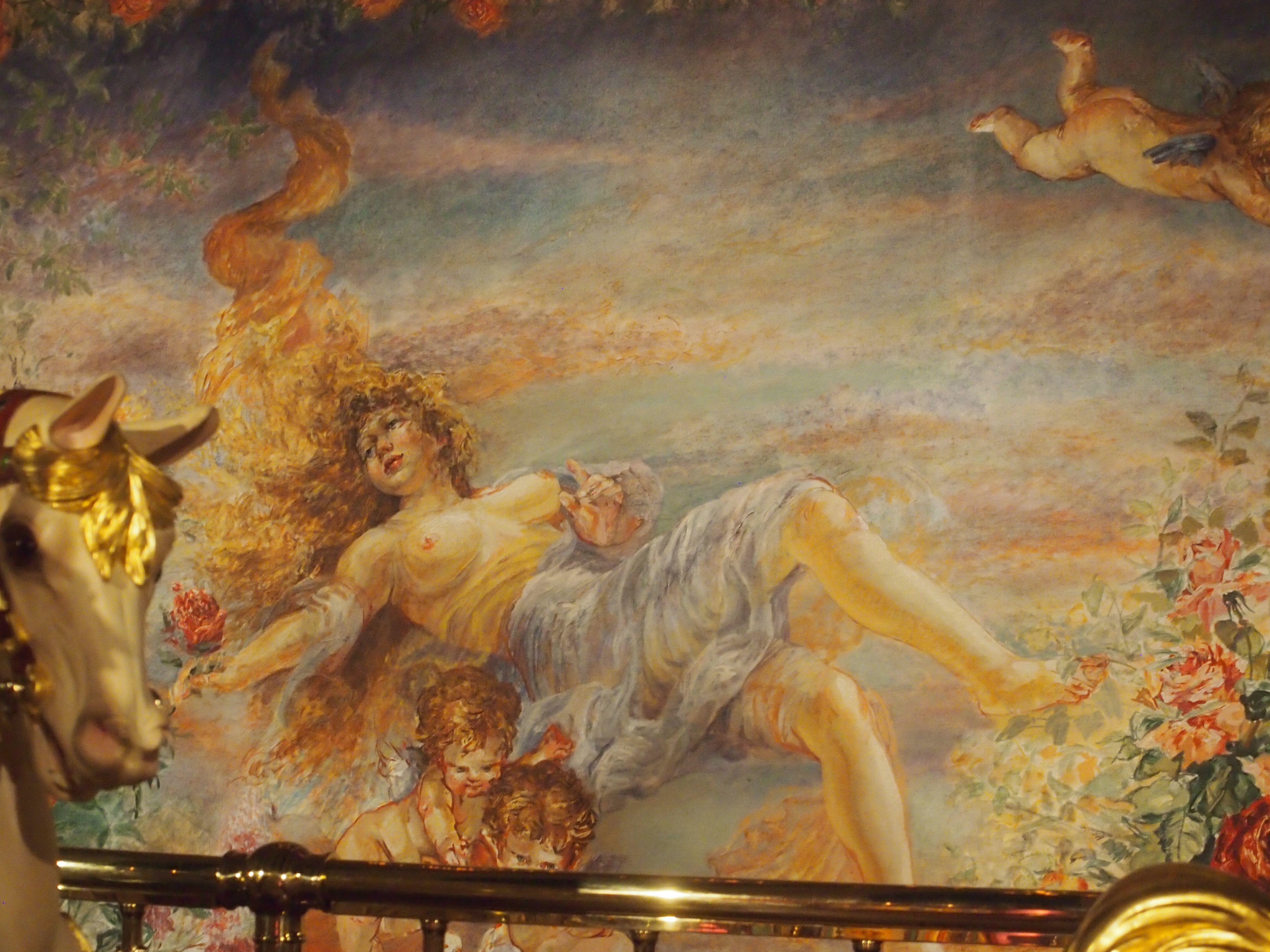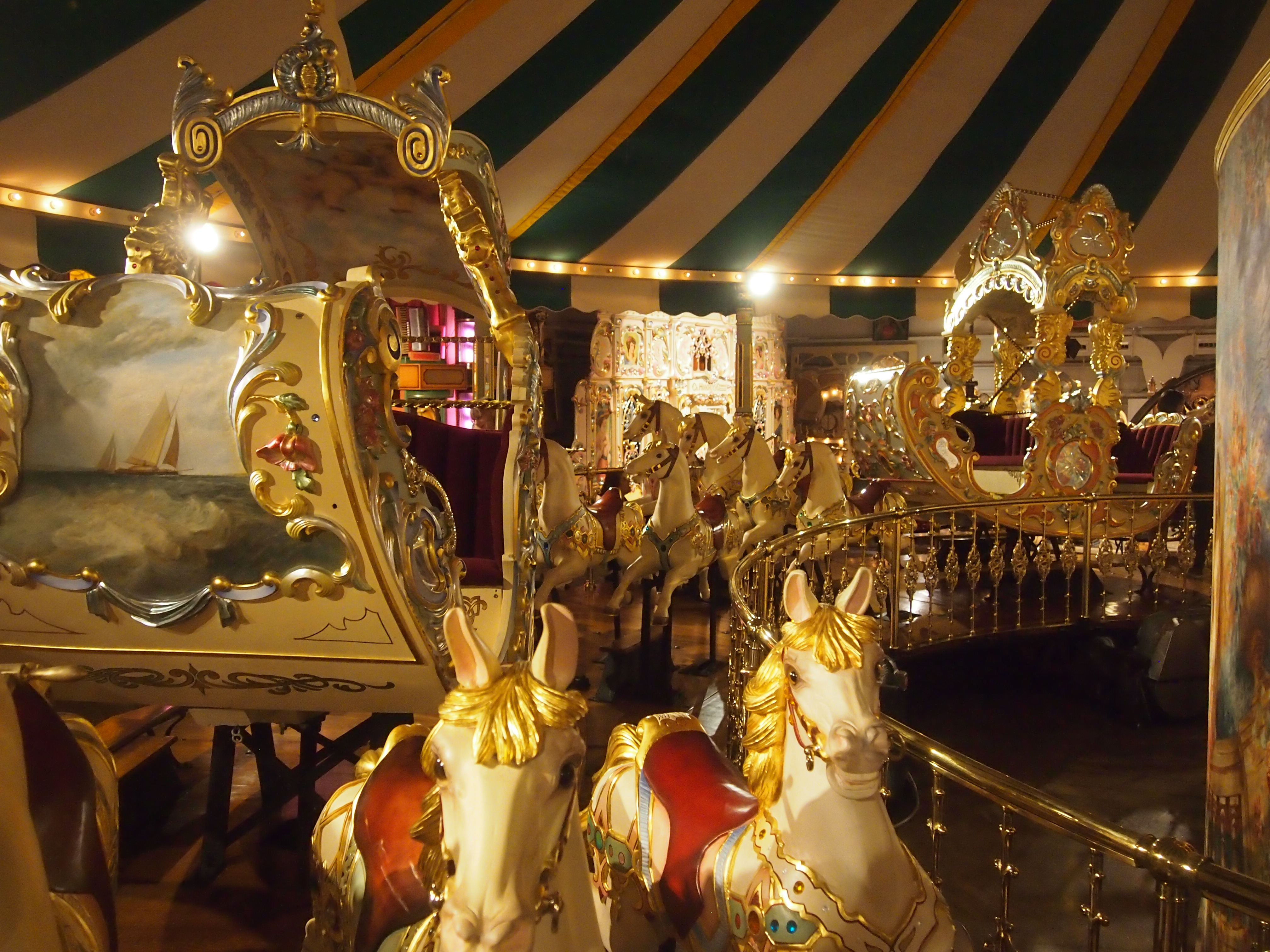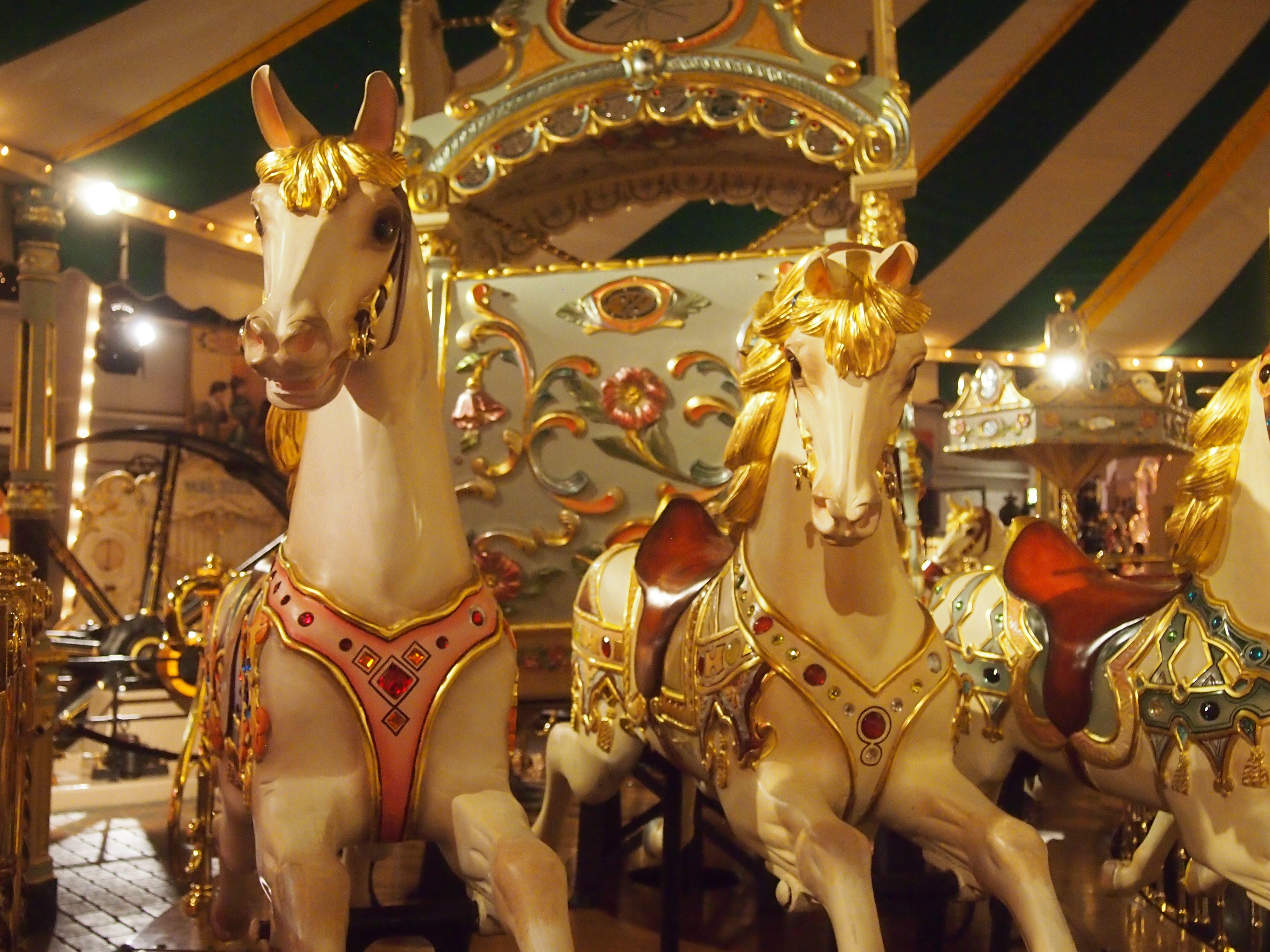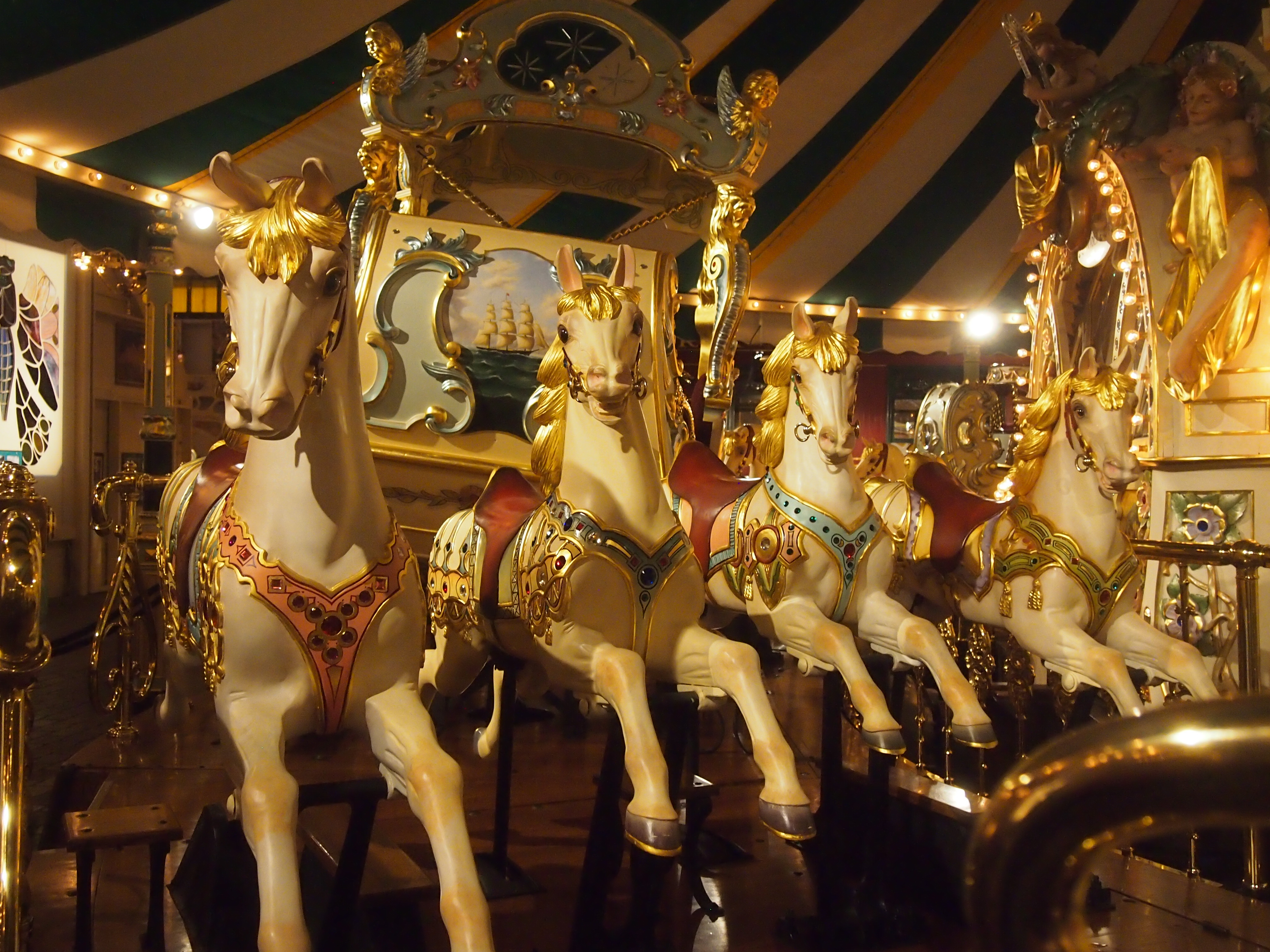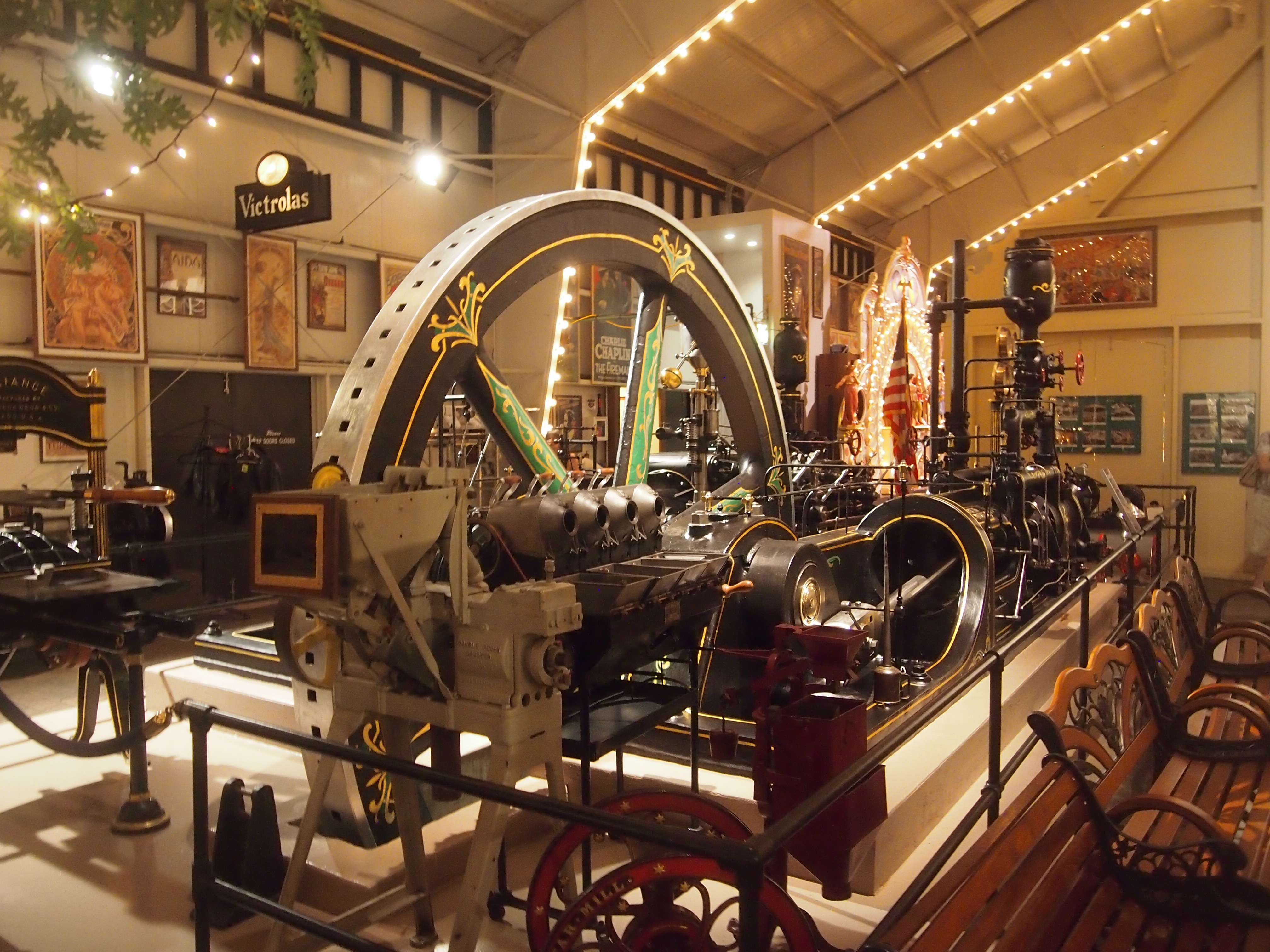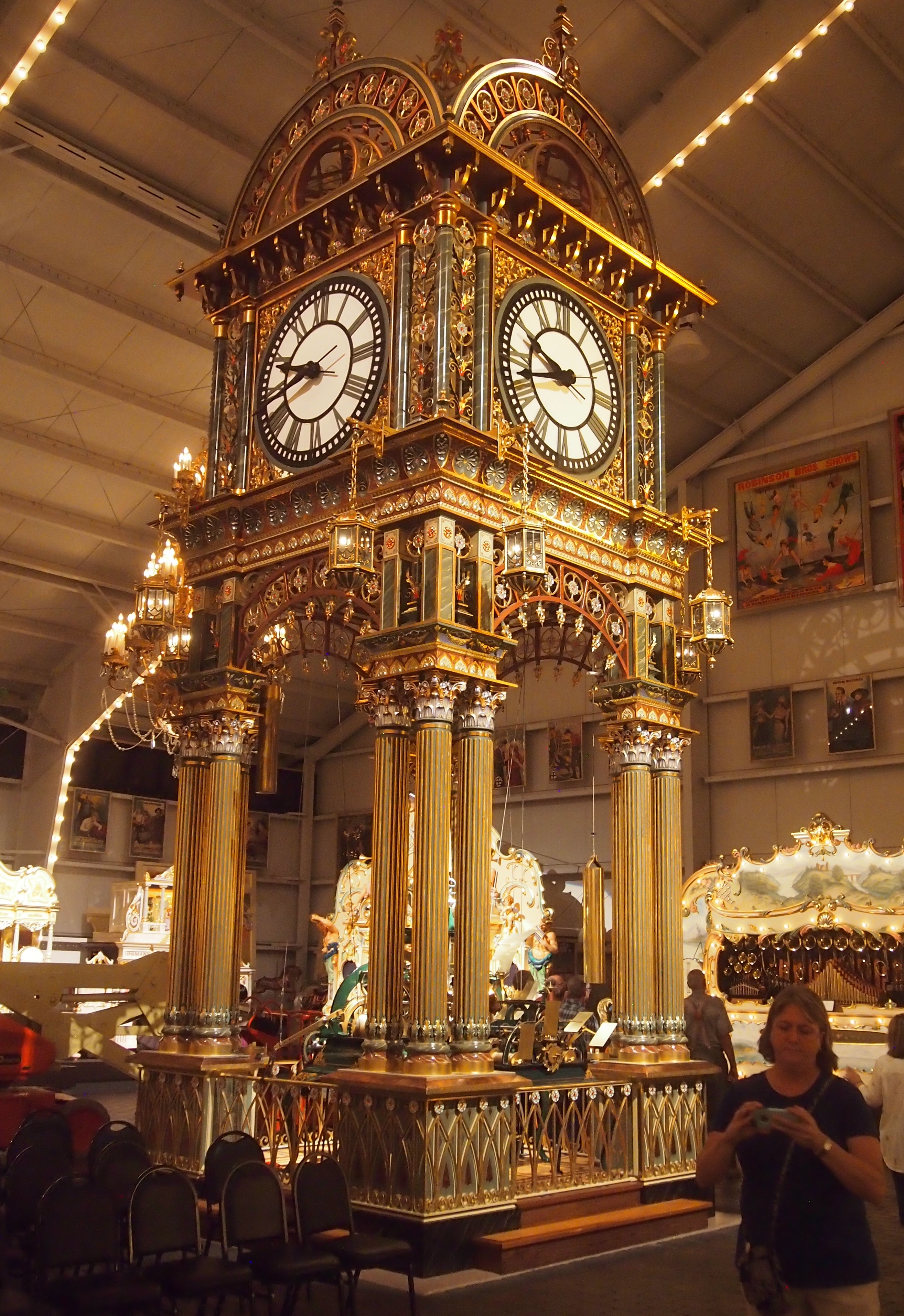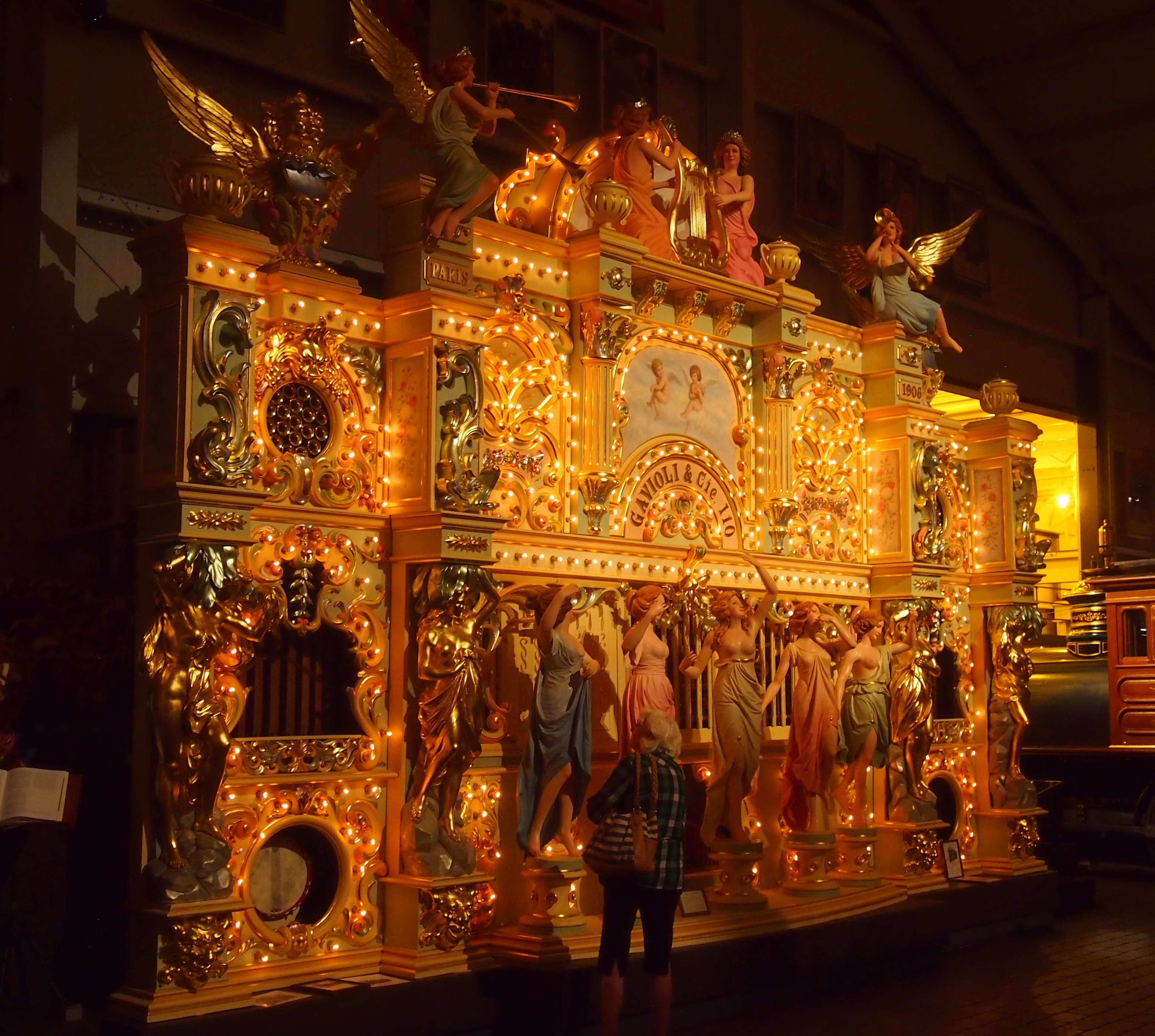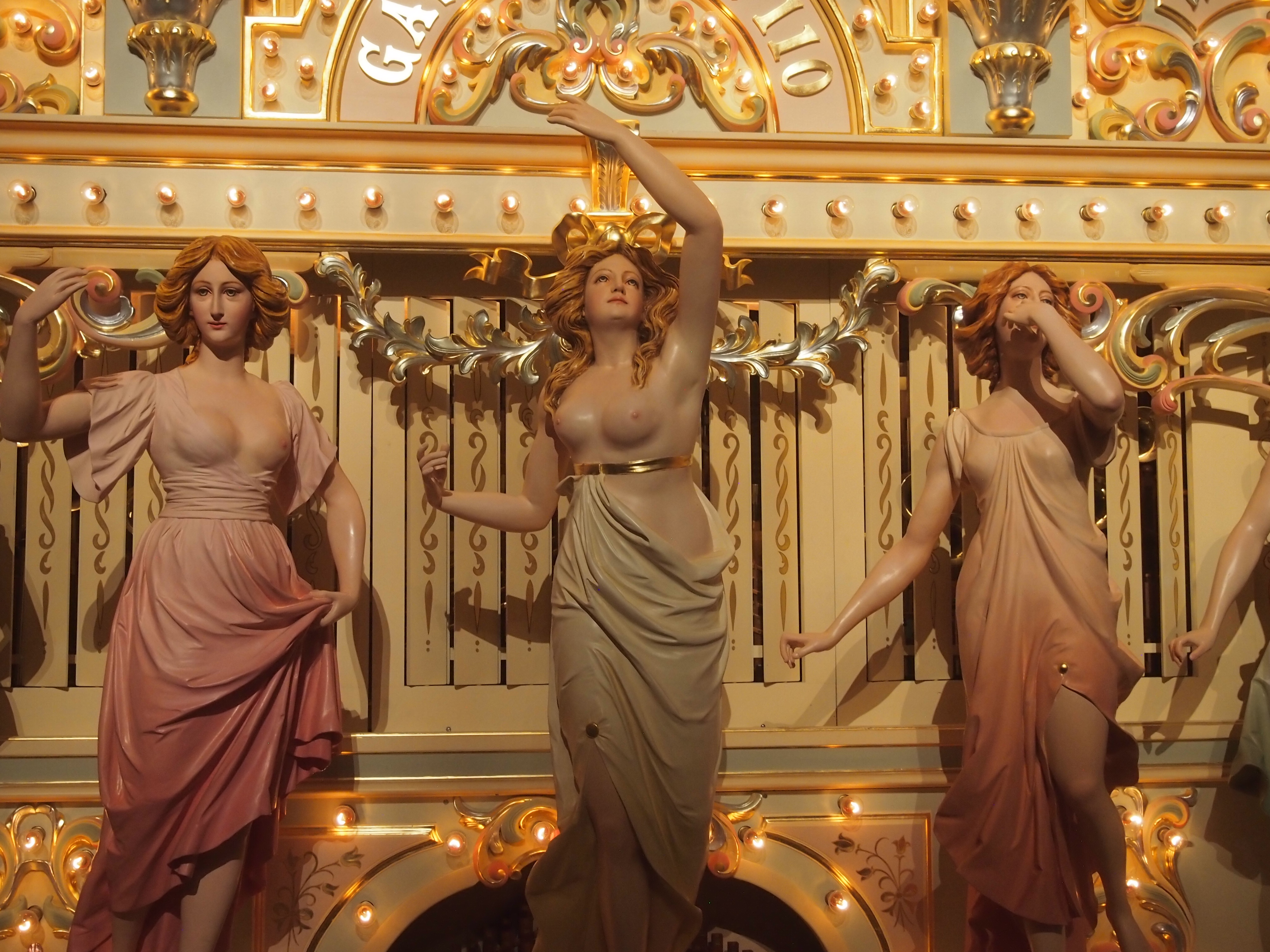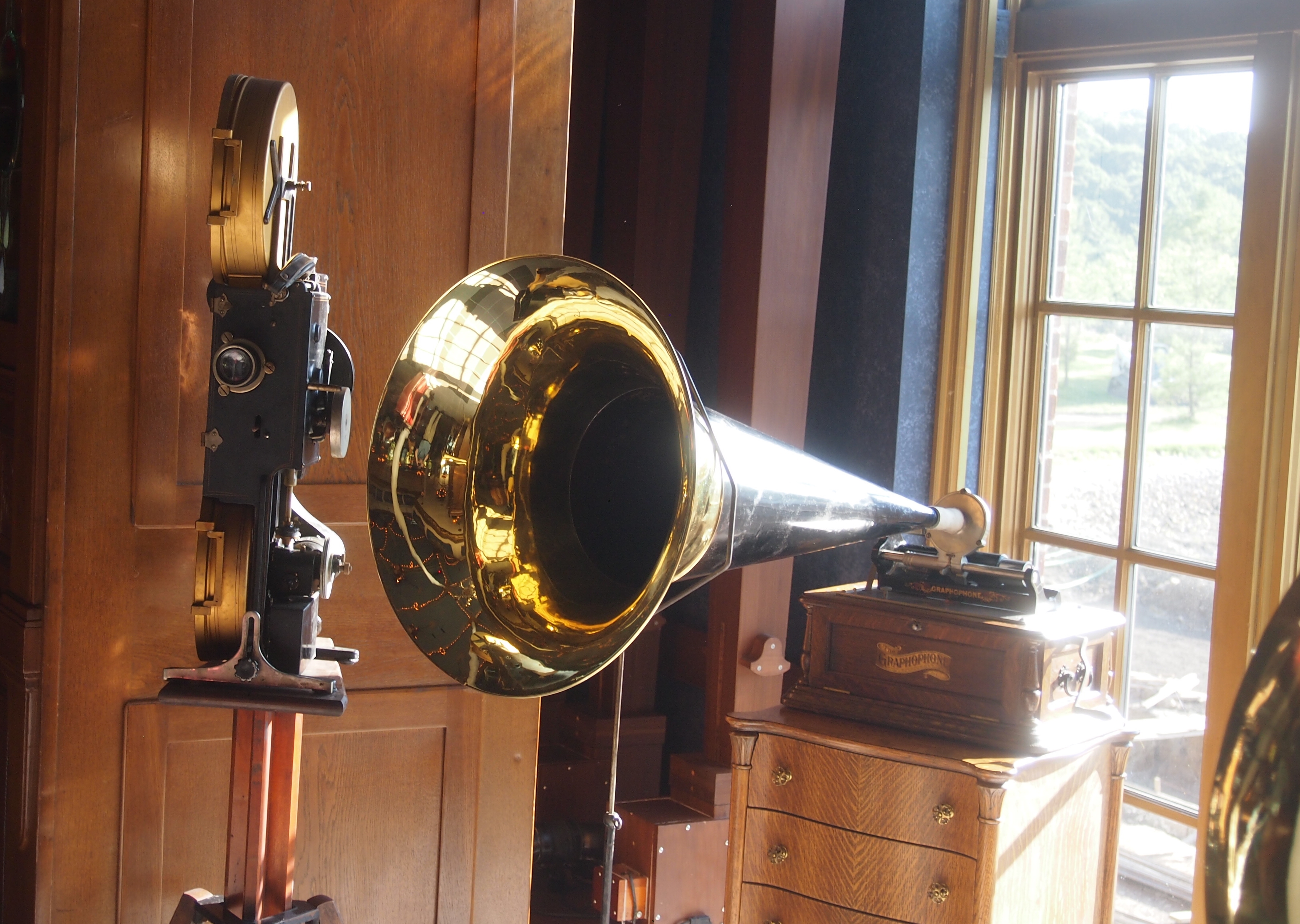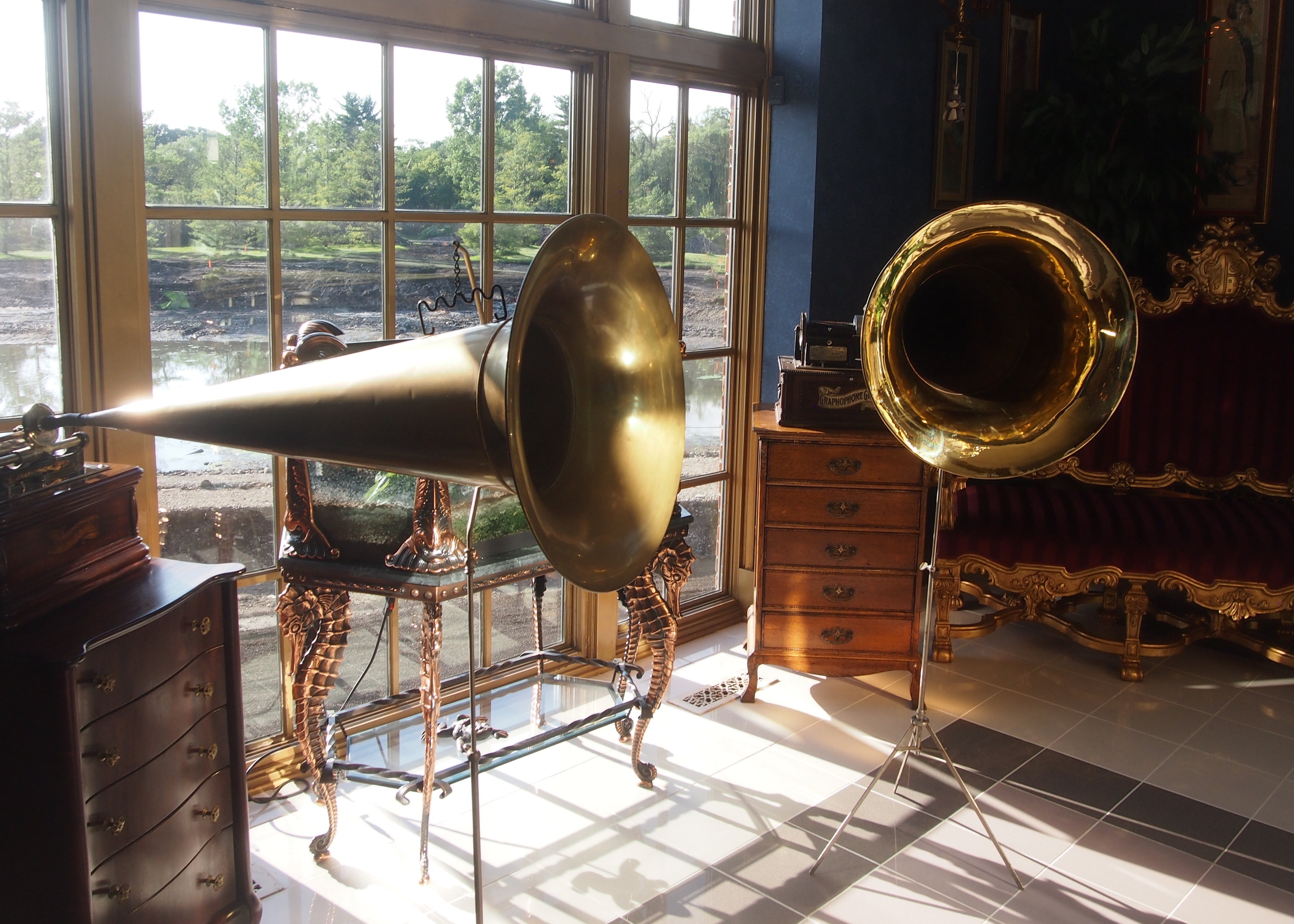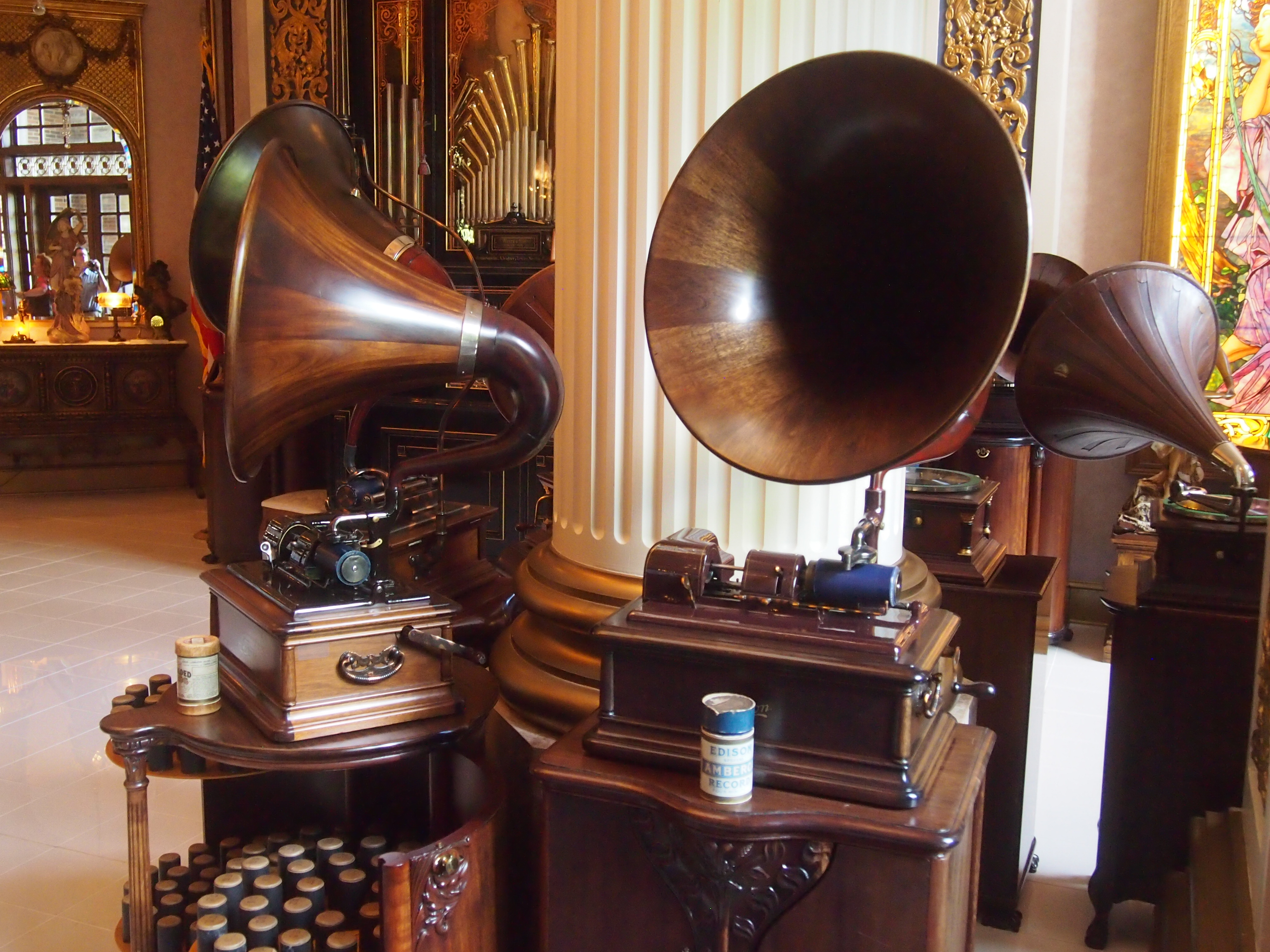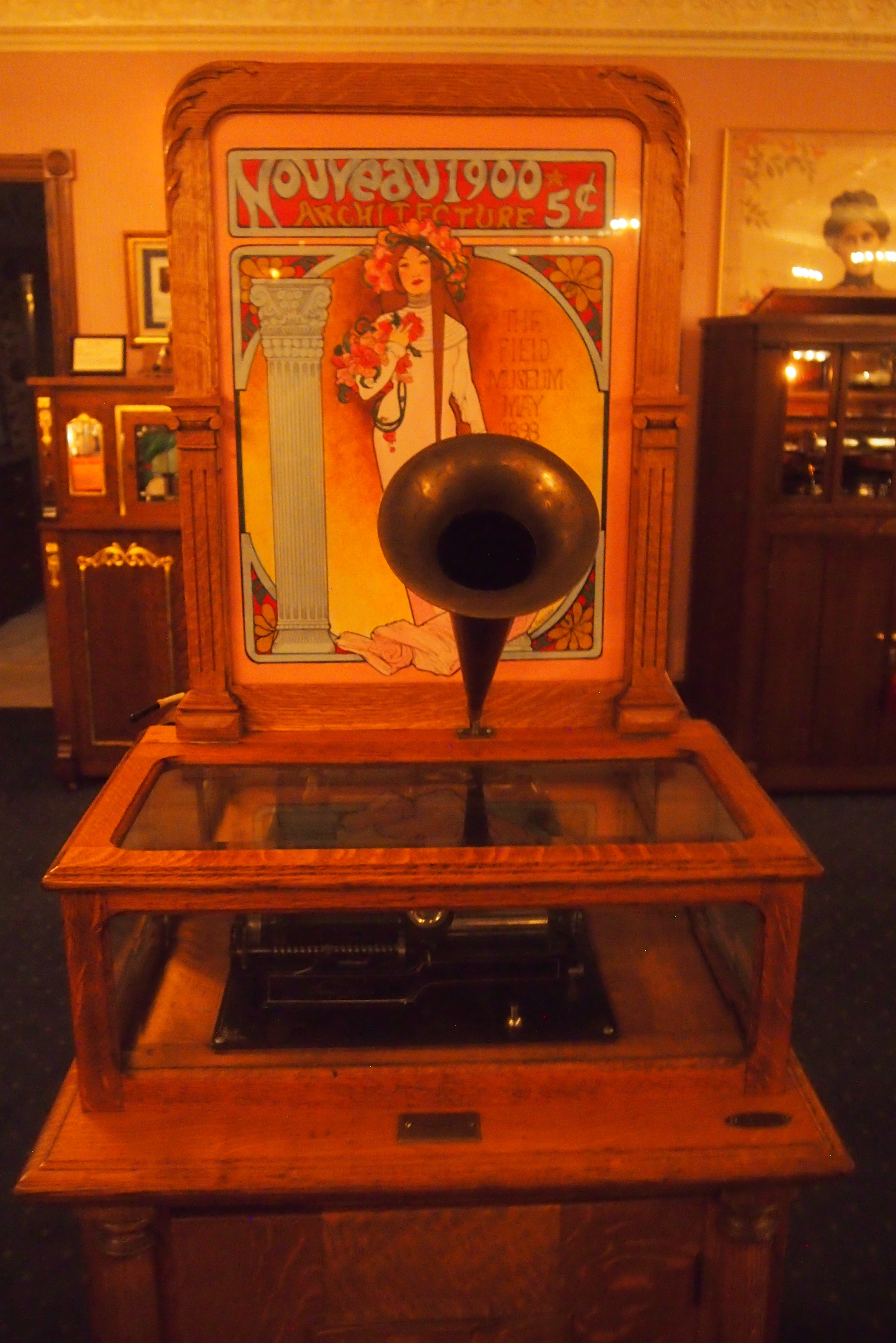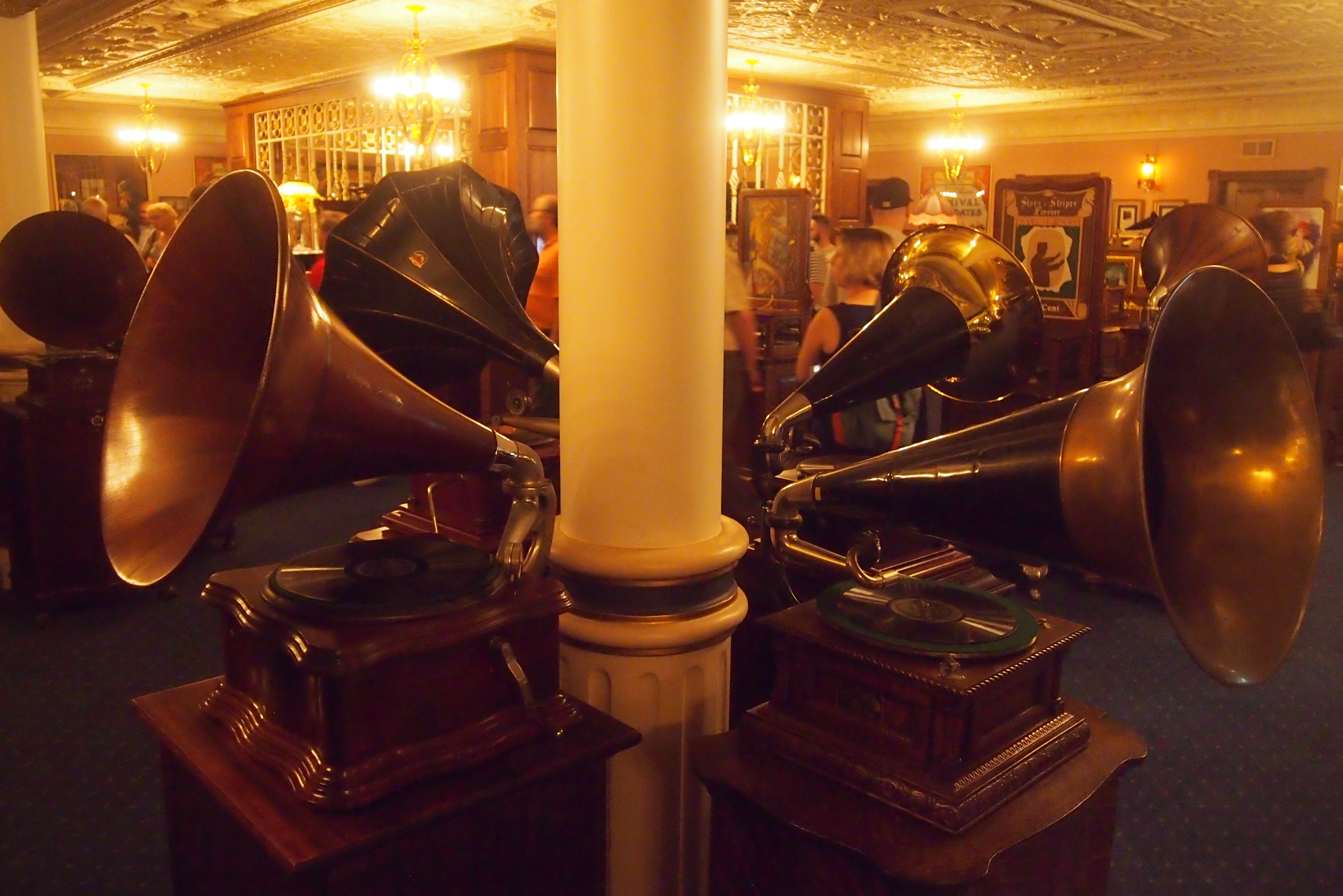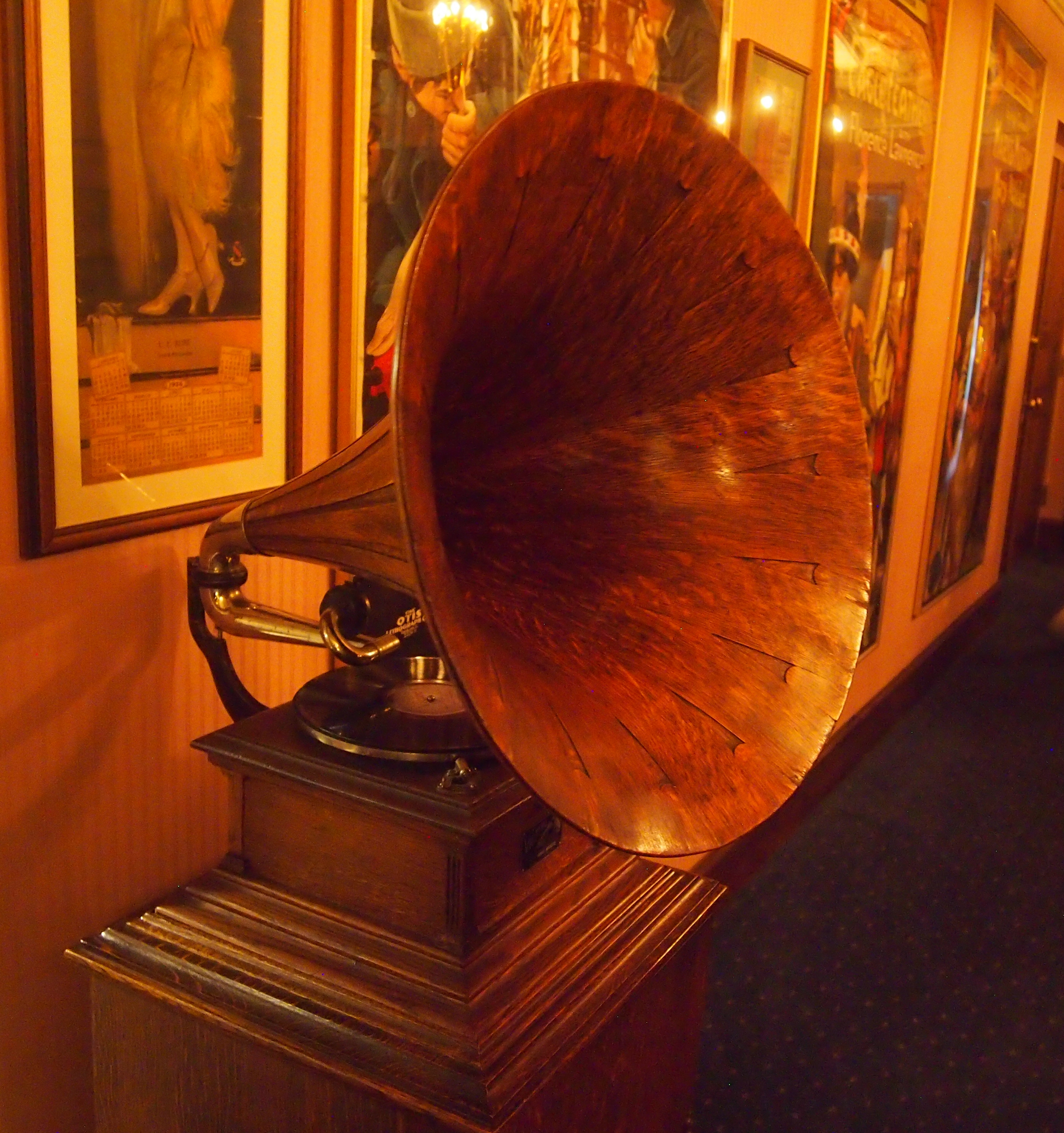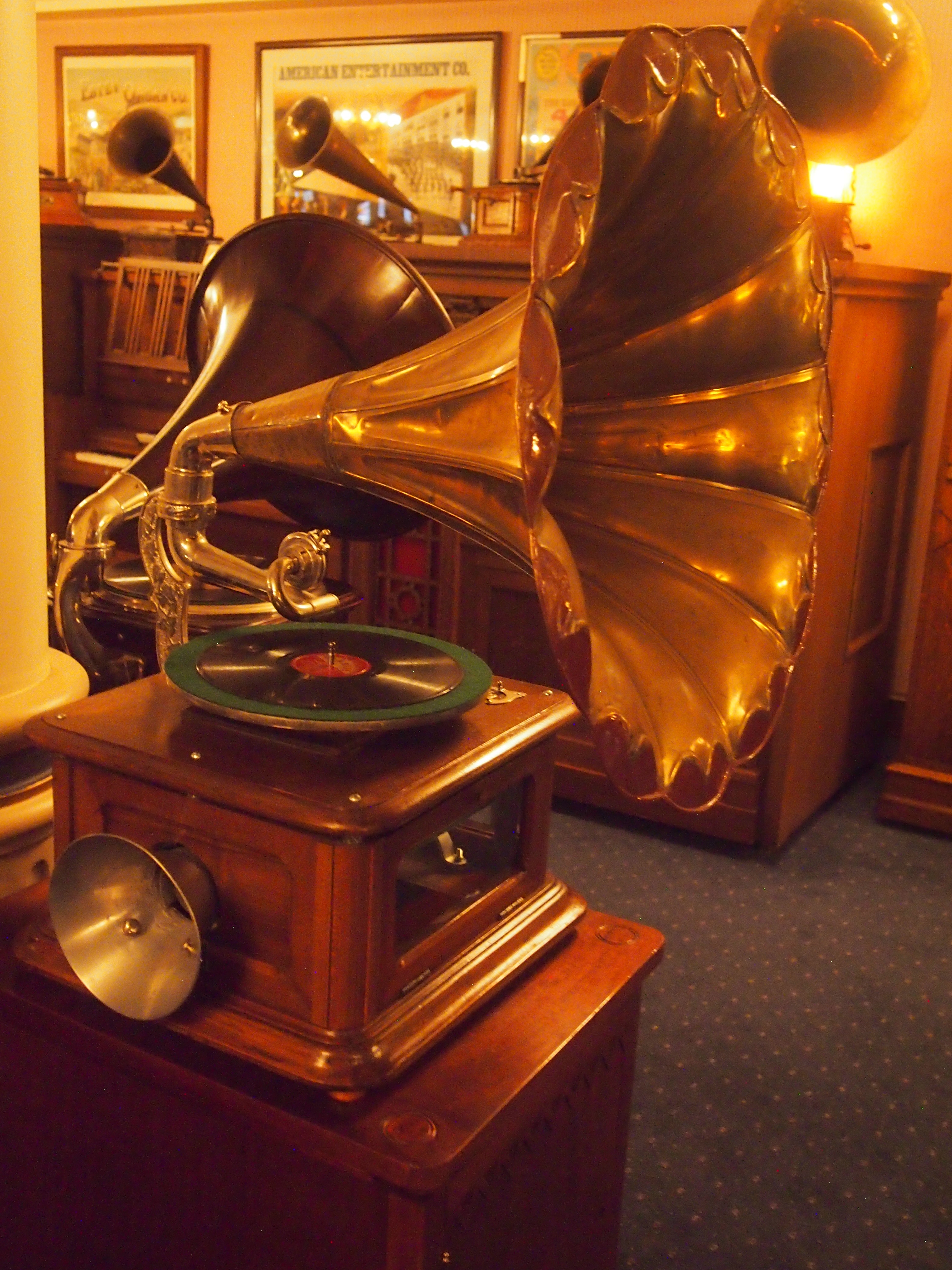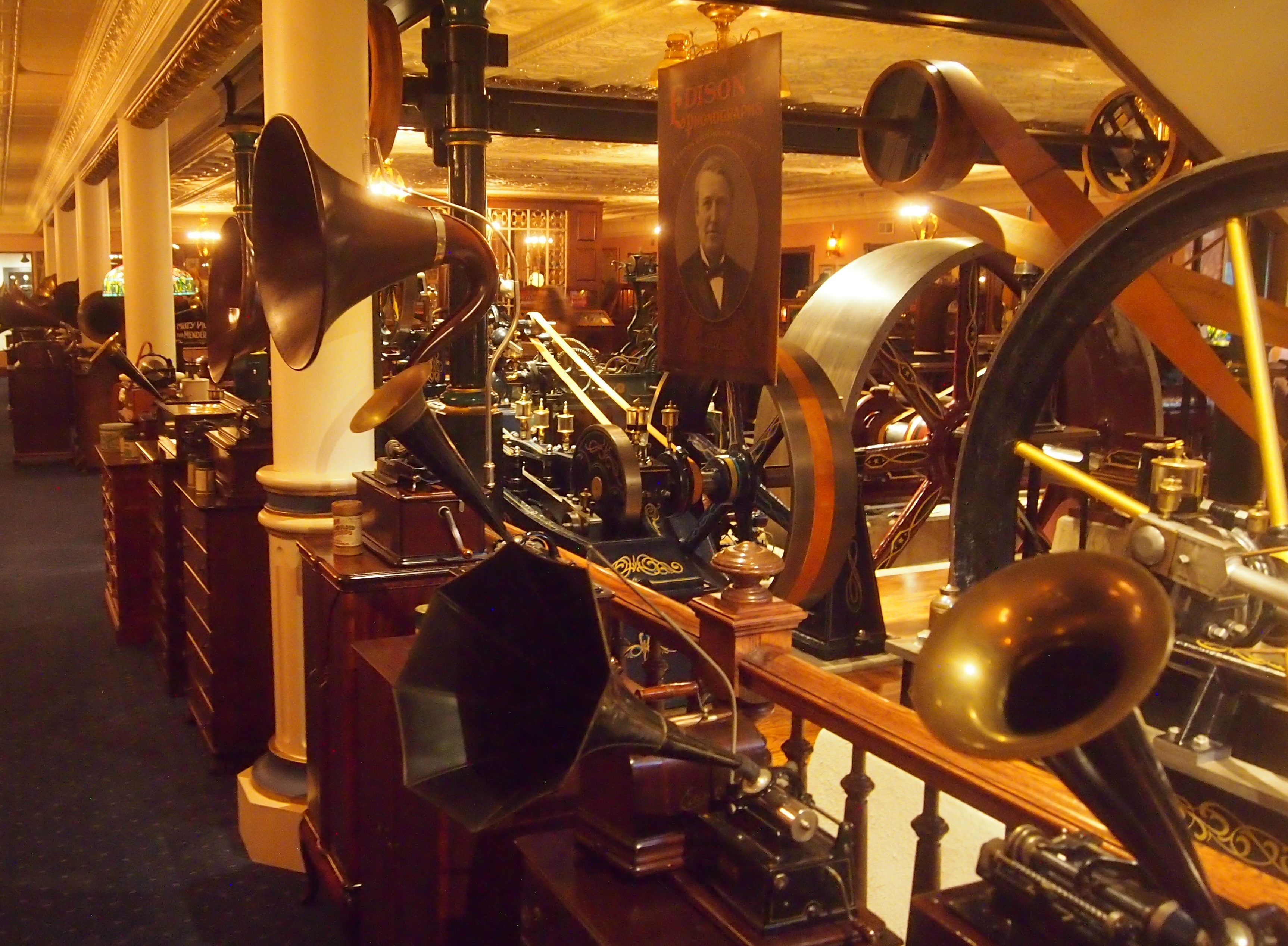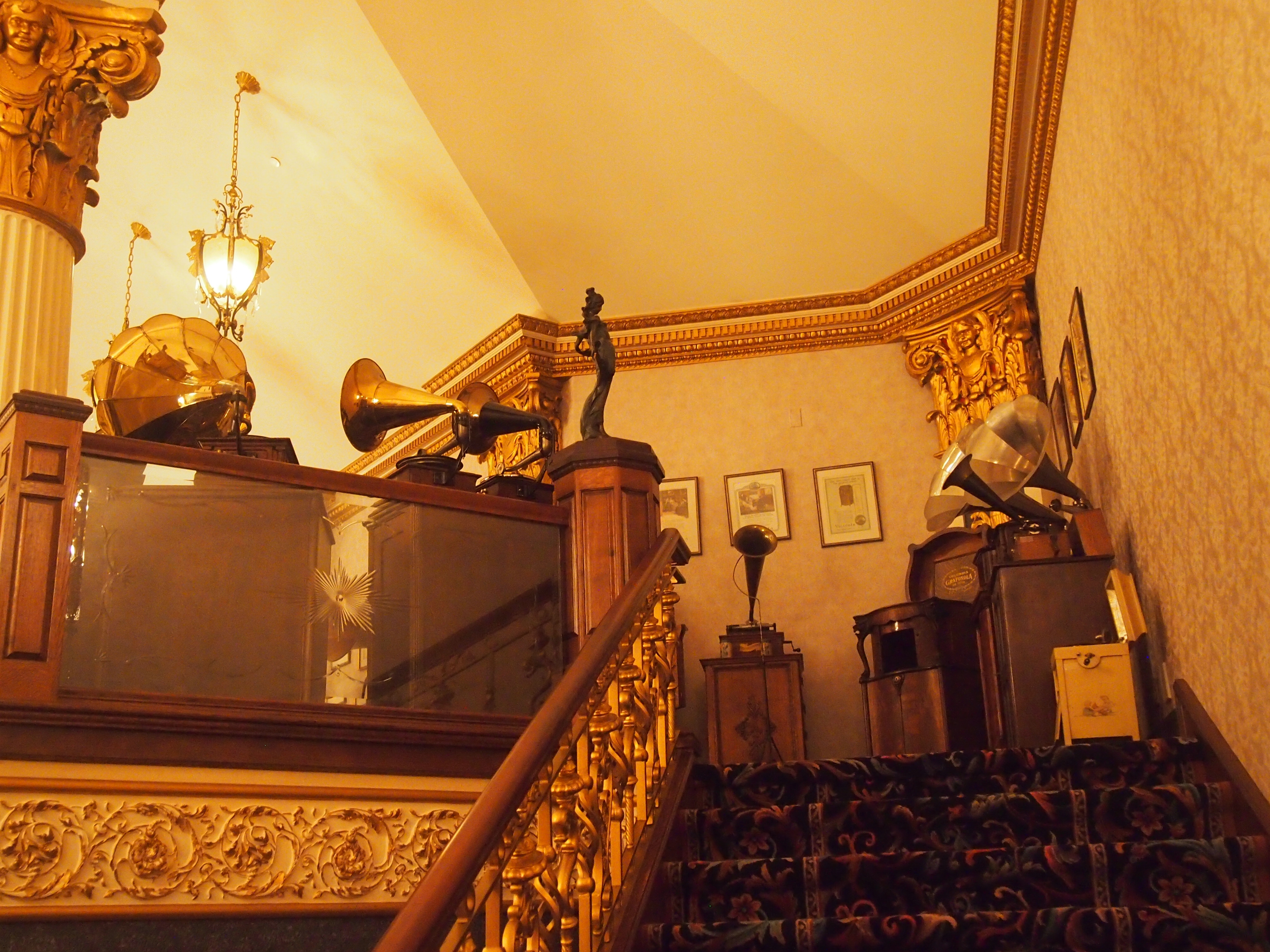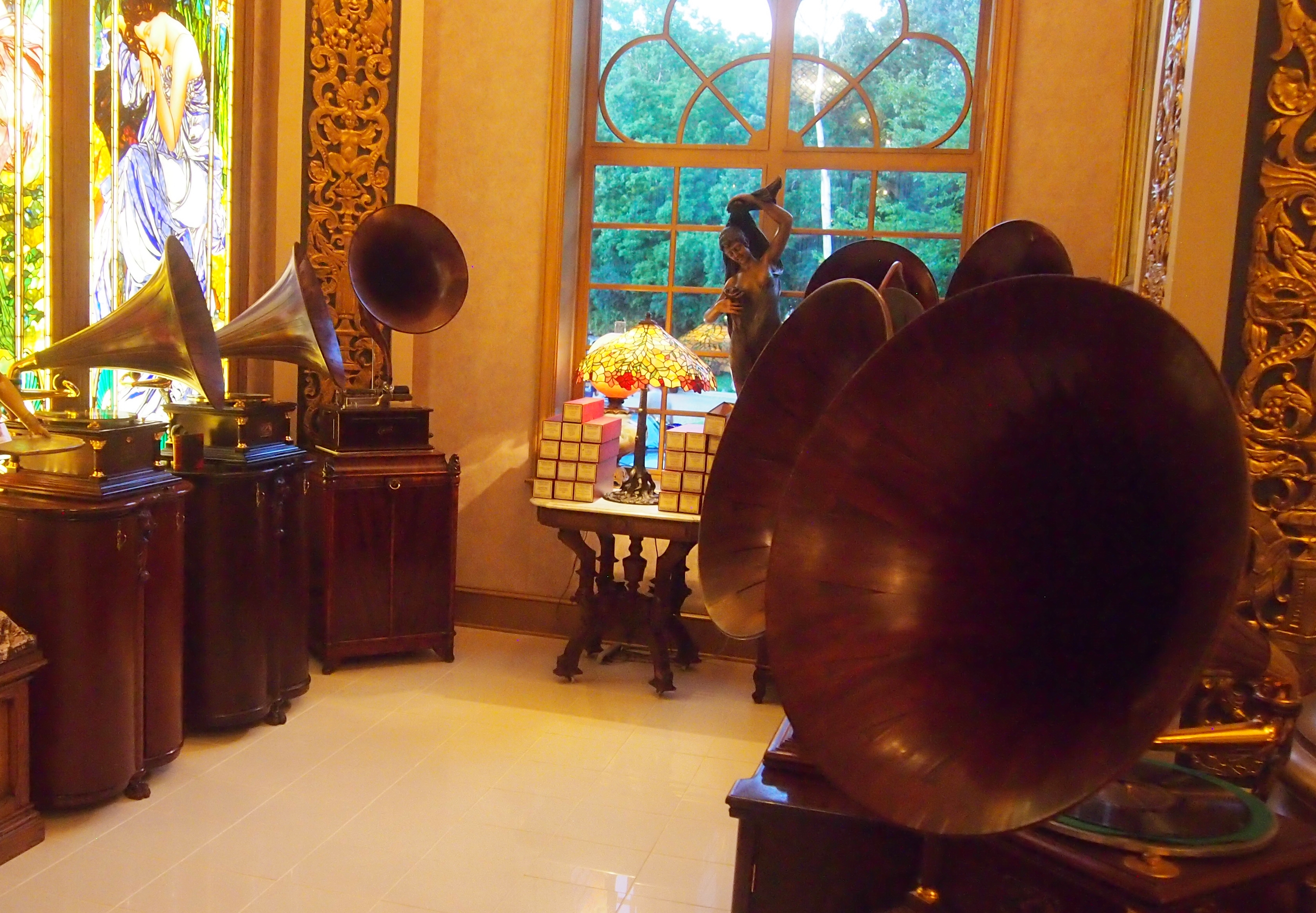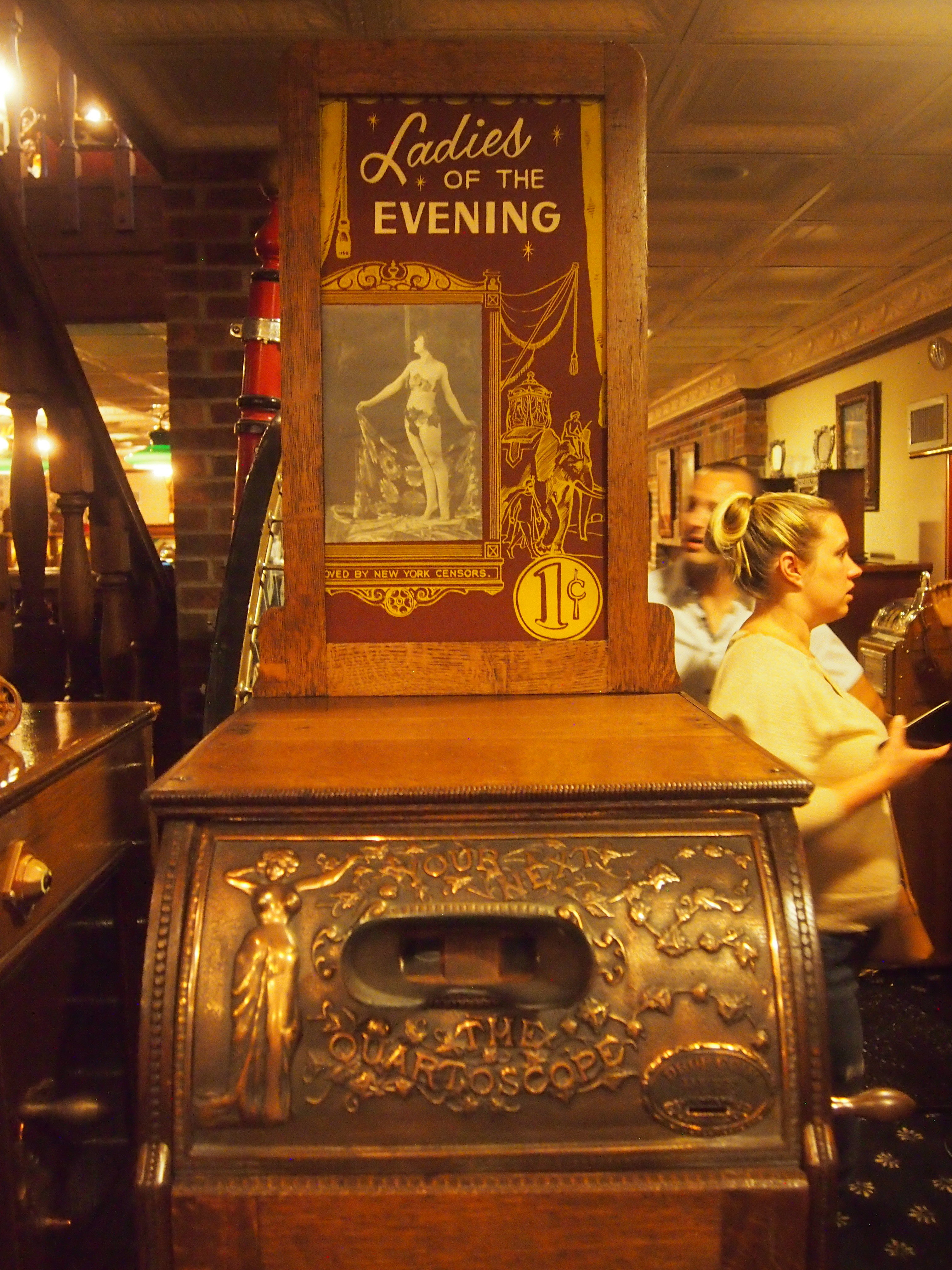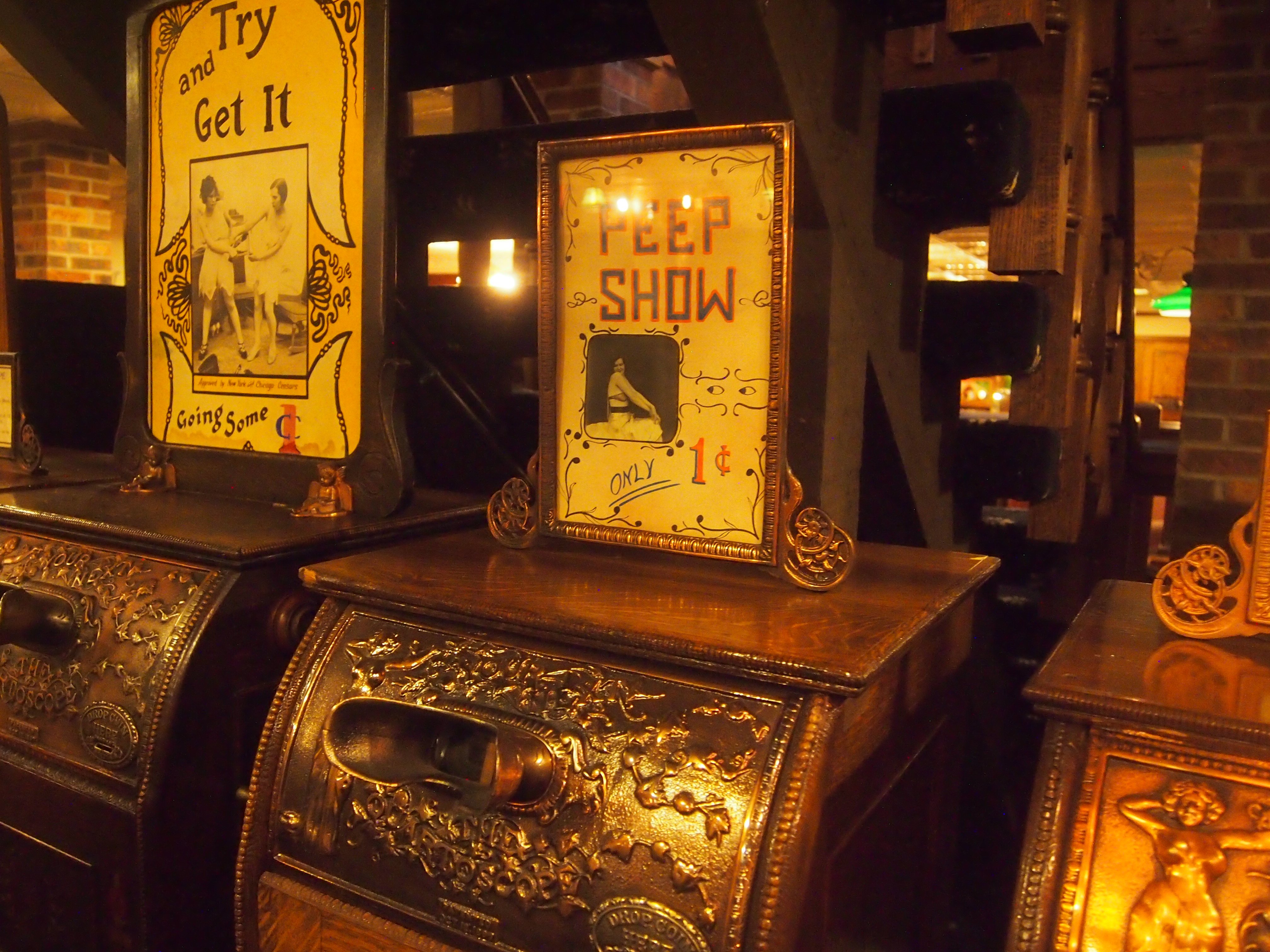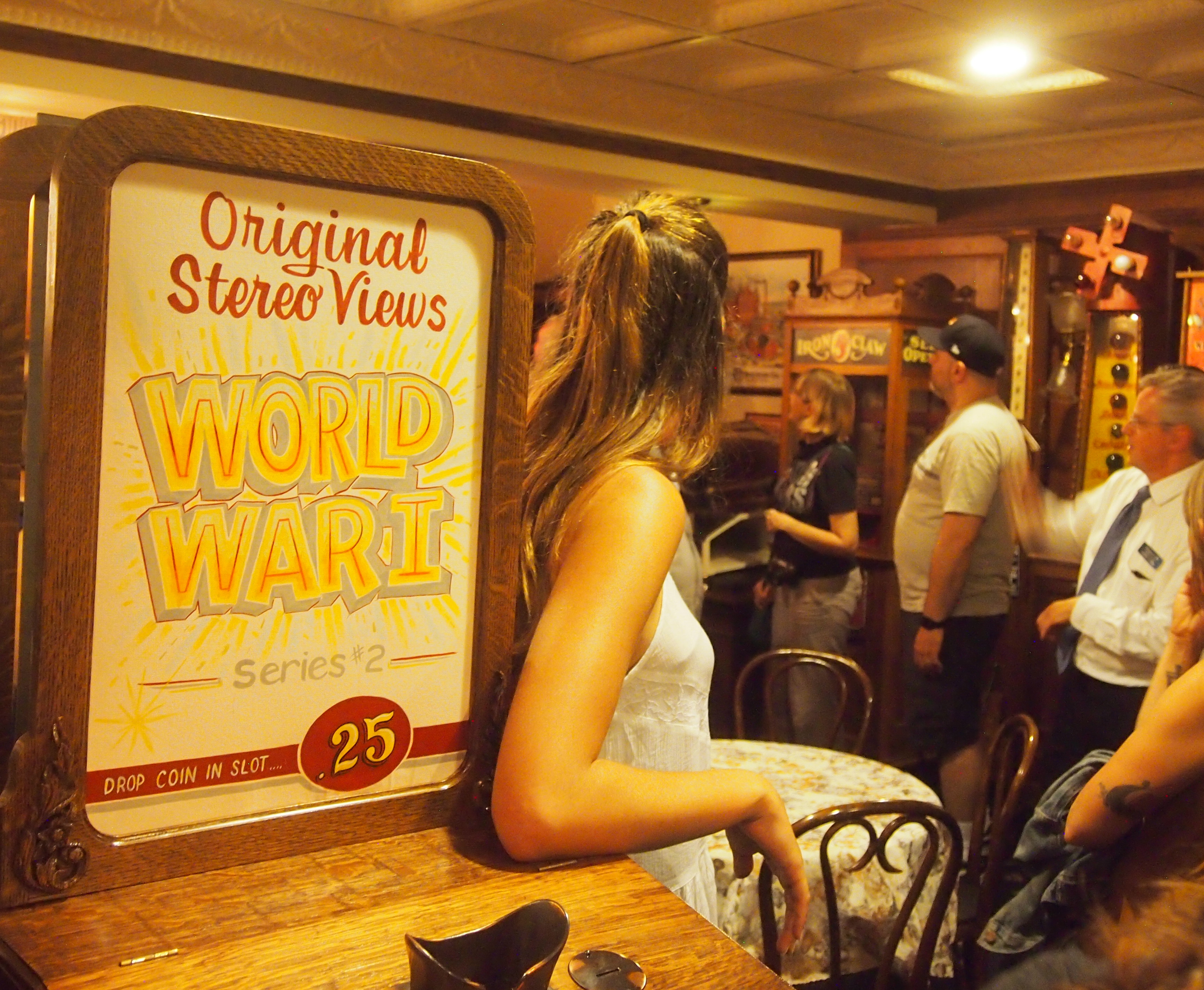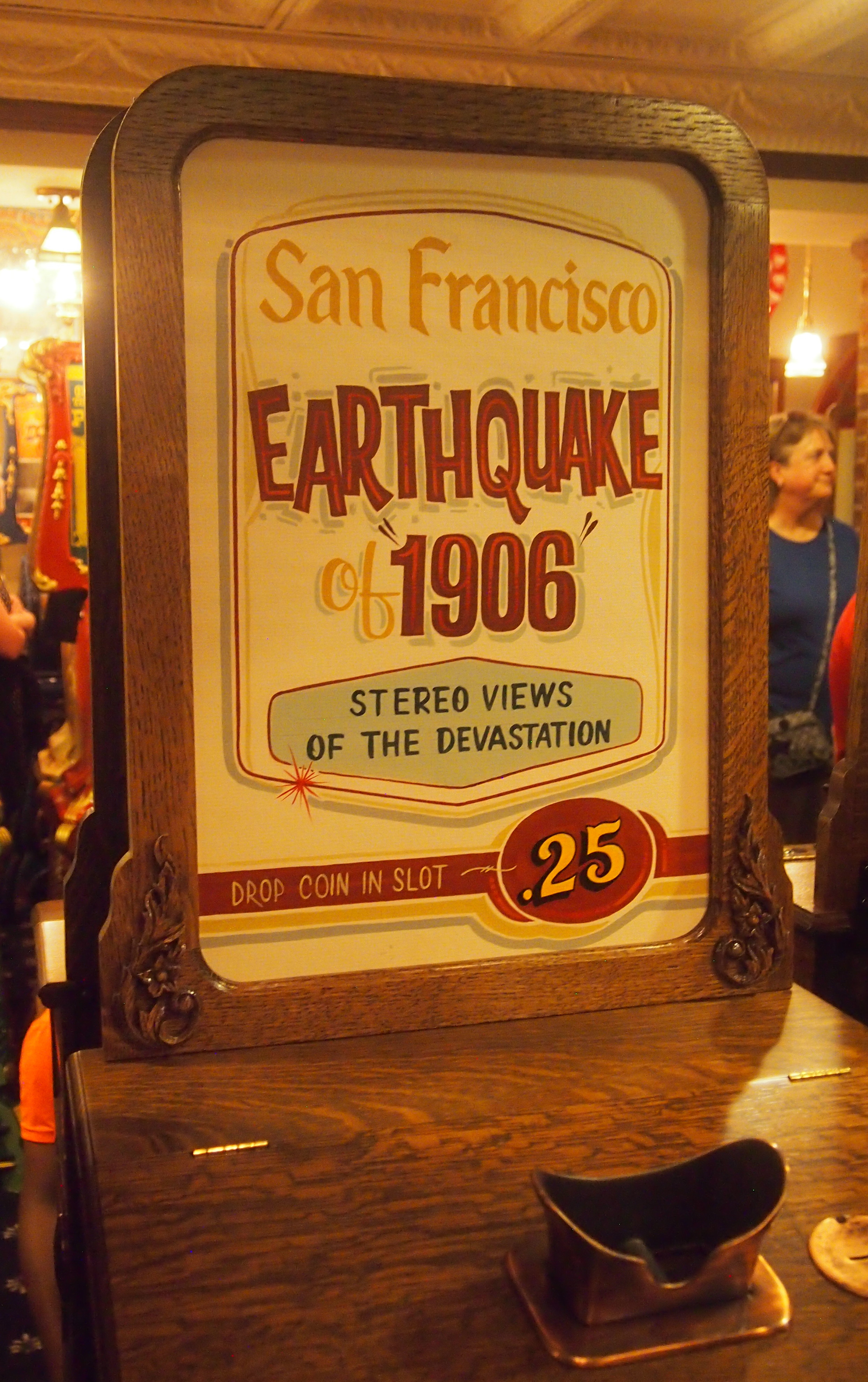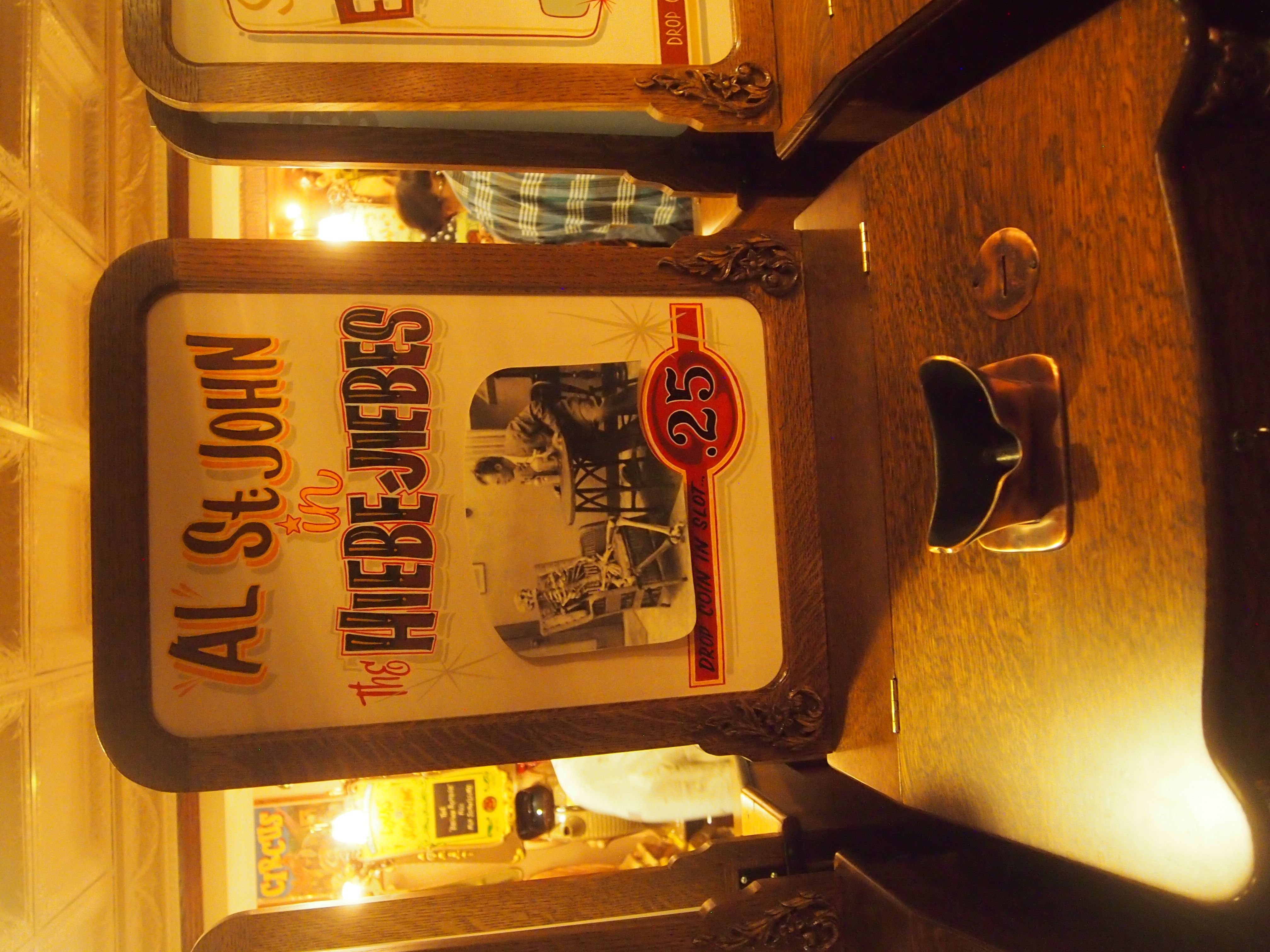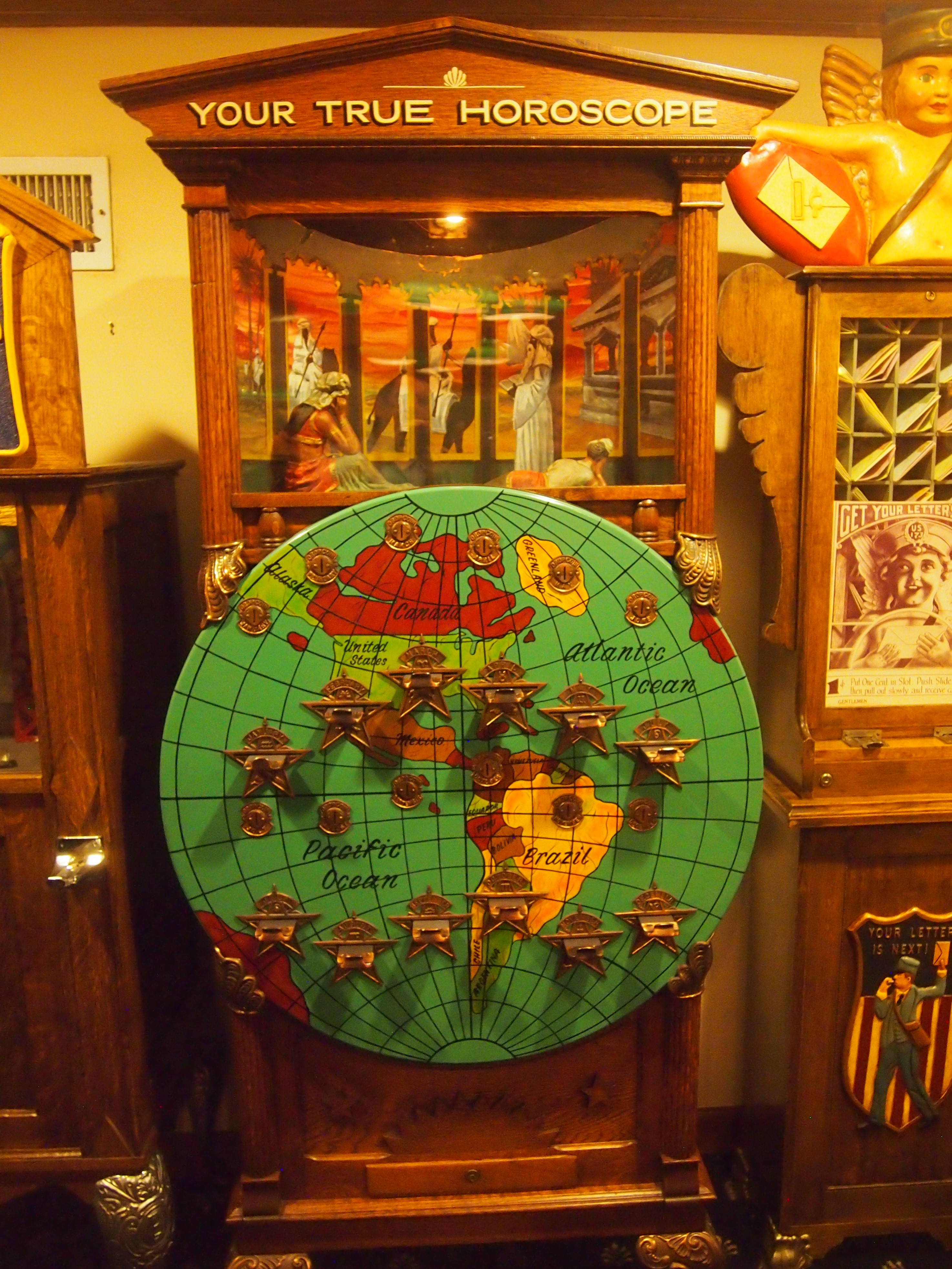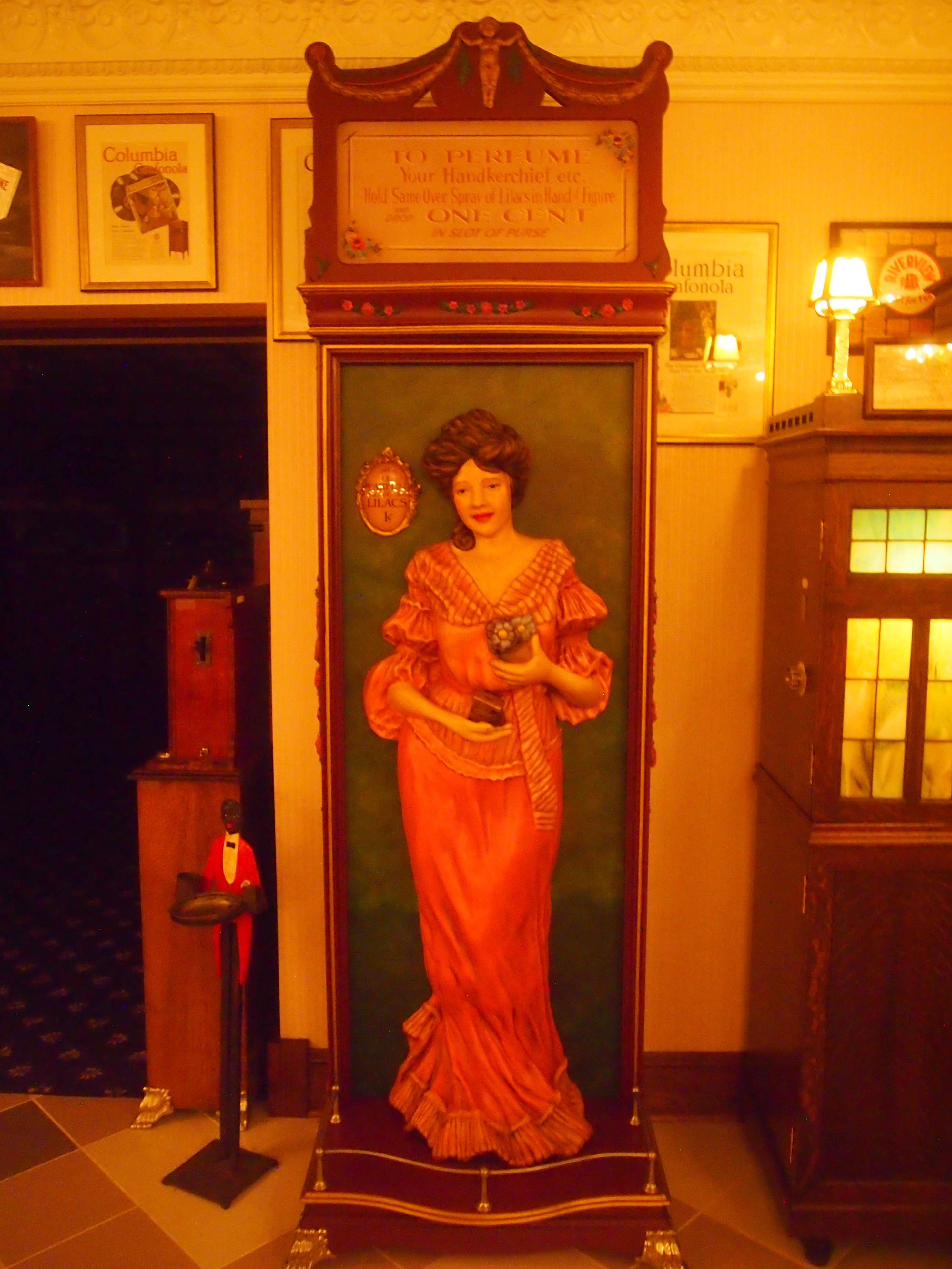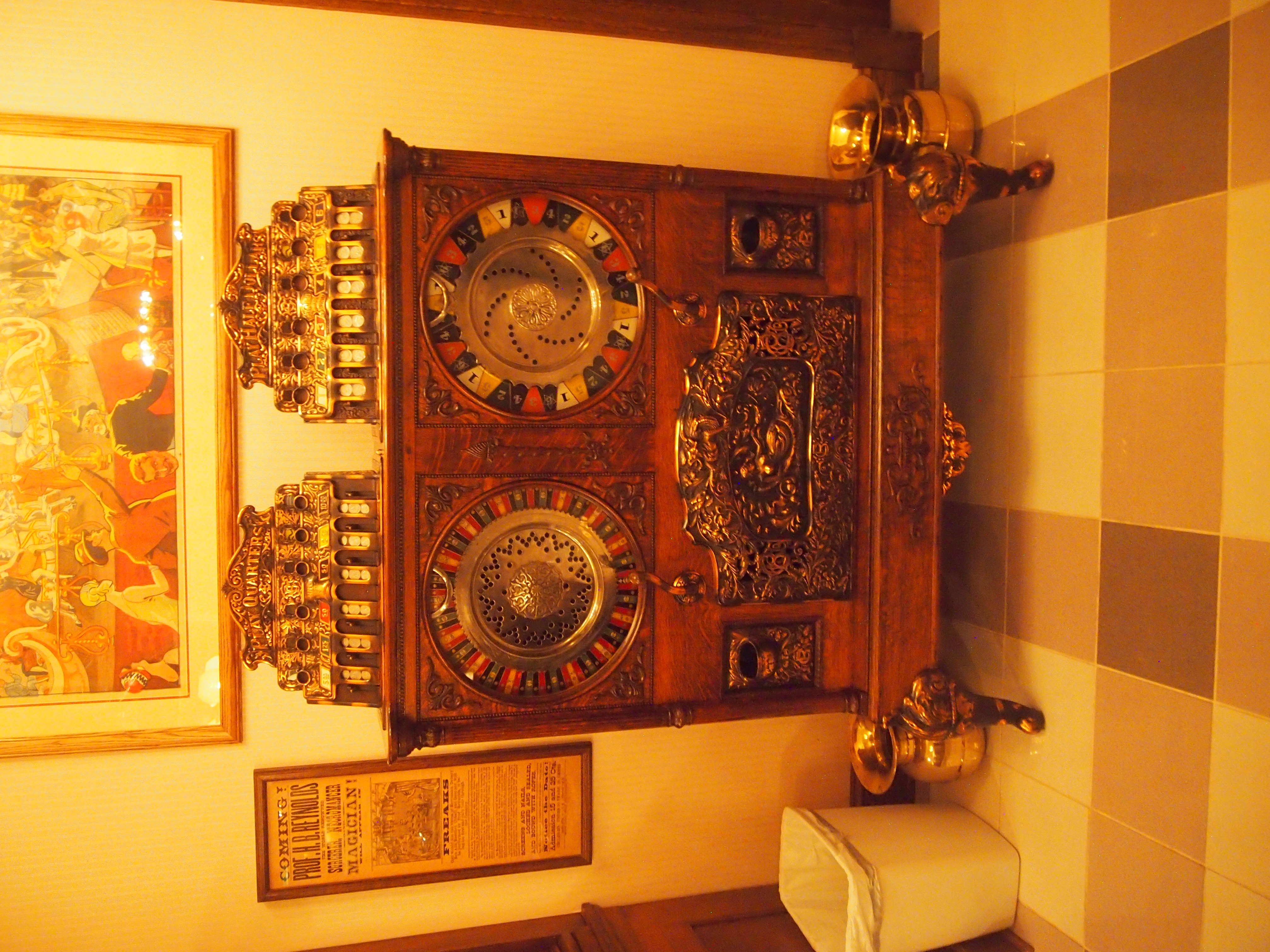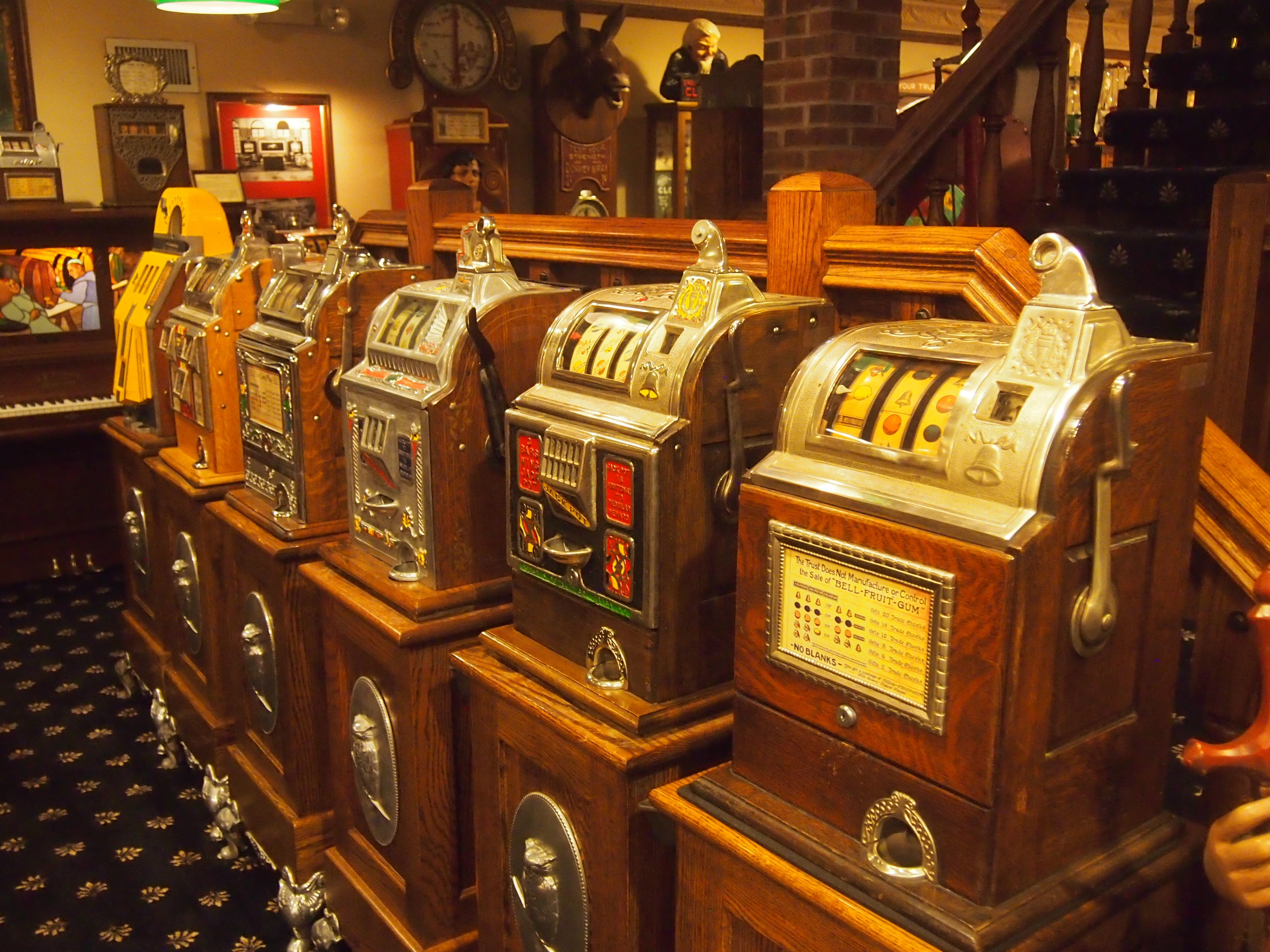Over the years, we’ve sporadically attended celestial viewings at the Spring Valley Nature Reserve, which isn’t exactly dark, but it’s darker than the surrounding suburbs. We went again on Saturday.
This time, the event was more popular than I remember it ever being, since besides viewing through a telescope set up on one of the reserve’s paths, a marshmallow roast was held near one of its buildings. Volunteers gave away marshmallows on prongs for a fire that had already been built. Such family-friendliness is going to attract people will kids. We had a few marshmallows ourselves.
There was a short line to see through the telescope — an expensive-looking piece of equipment, though I didn’t get the brand or model — and while we waited, we naturally did some naked-eye observations. While I was looking one way I heard, “Look, a shooting star!”
I was looking the wrong way. Of course. A few minutes later, the same thing happened. So I spent some time looking to where I thought the Perseids would be. Last weekend was the peak for this year, I’d read. I saw none. That has happened before. A few times.
So it goes. I did see a satellite flare, which was a first. I’ve seen a number of objects before that I’ve been sure were satellites, but this was different. This object was moving across the sky at the pace of a satellite, not a high airplane, and it was flashing for a few seconds at a regular interval. I’d read, years ago, that this can happen when the satellite reflects sunlight as it rolls — or pitches or yaws or whatever — in its orbit.
It might have been a Iridium satellite. Wiki, at least, has this to say: “Occasionally, an [Iridium] antenna reflects sunlight directly down at Earth, creating a predictable and quickly moving illuminated spot on the surface below of about 10 km (6.2 mi) diameter. To an observer this looks like a bright flash, or flare in the sky, with a duration of a few seconds.”
That’s exactly what I saw. Maybe they account for some number of UFO sightings, too. (If Venus can, why not an Iridium satellite? Unless Venus is where the UFOs are coming from.)
A few people in line had iPads with stargazing apps. I guess they’re called that (there are many, it turns out). I’d never seen one in use. You hold the iPad up toward any direction of the sky and the app will draw a not-overly-bright rendering of the constellations in the area. I didn’t get a close look, but it looked like a fair amount of information, including standard constellation patterns, star names and even fanciful illustrations.
I ought to think that’s cheating. Learn your constellations the old-fashioned way, dammit, from Chaldean herdsmen. But how different is an iPad app that from taking your paper star charts out and reading them by red light, and then looking up to see what you can see? Maybe the app should display red to help keep your night vision intact, but other than that it’s really no different, except easier to use.
After about 15 minutes in line, we arrived at the telescope, whose owner was enthusiastic about sharing with the public. Good for him. He had enormous spotting binoculars, too.
Jupiter was already beginning to set, so he turned it to Saturn, about midway up in the southern sky, and away from the clouds covering some of the sky that night. Yuriko, Ann, Ann’s friend and I all took a turn. Always nice to see Saturn.
